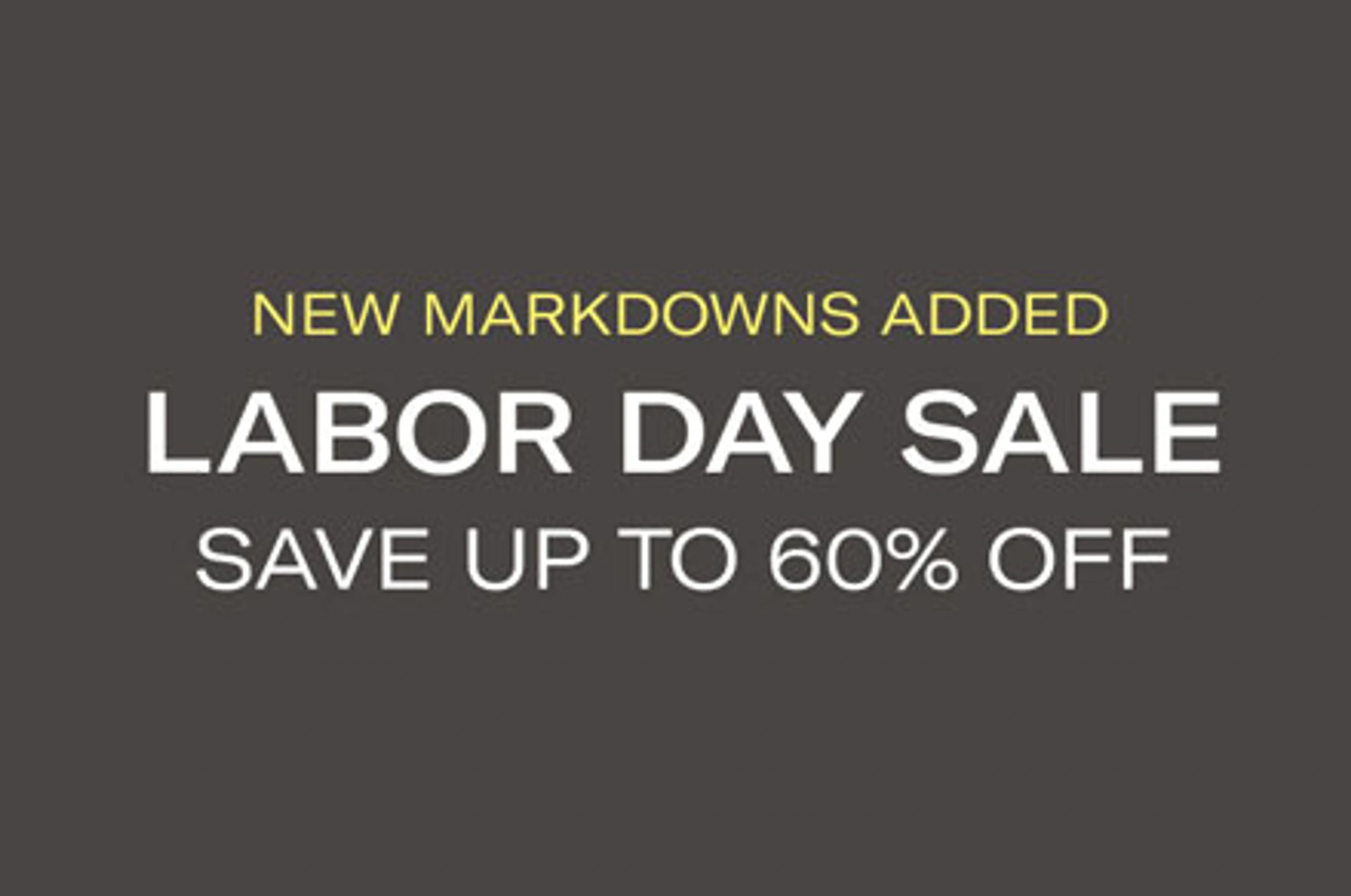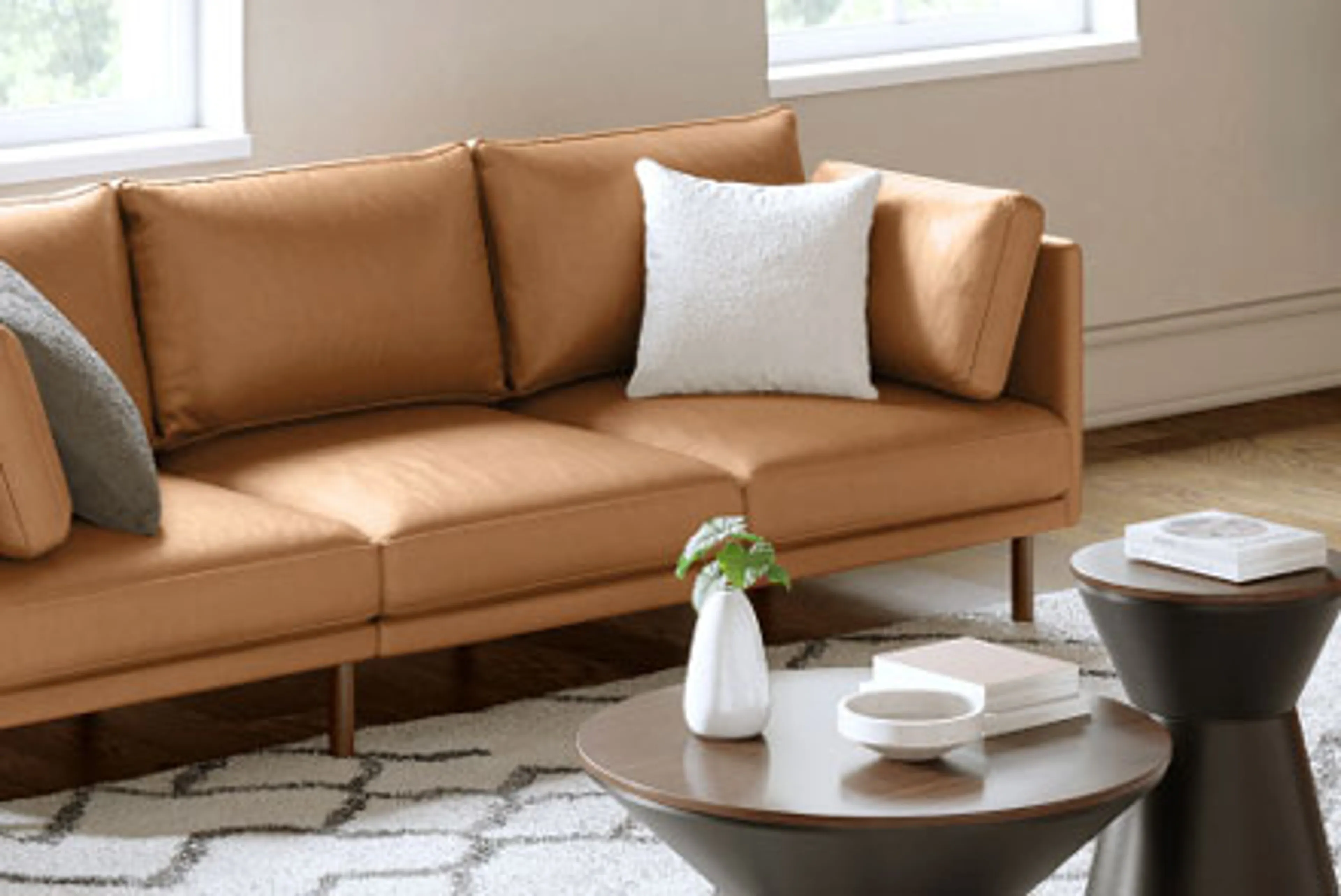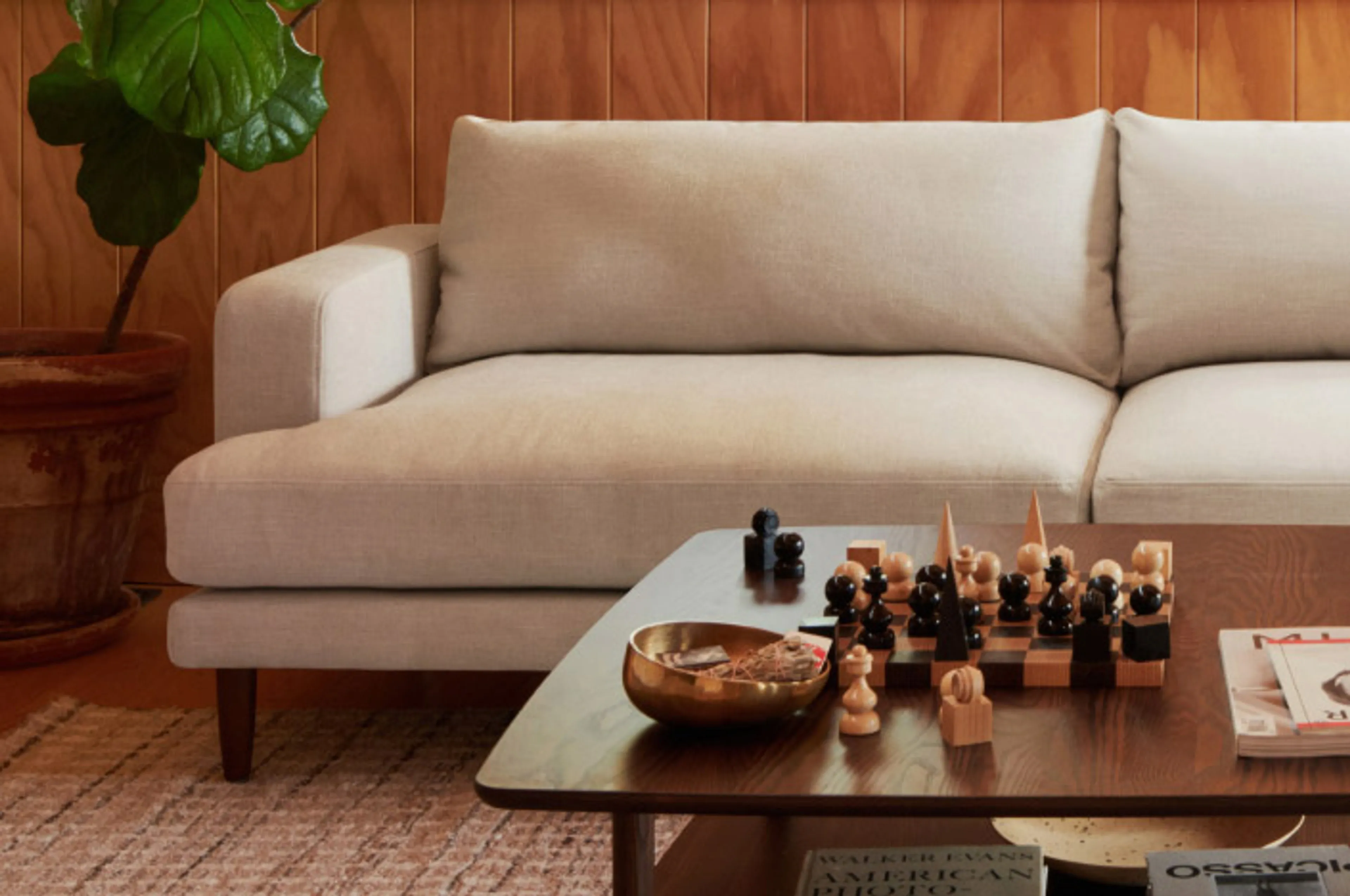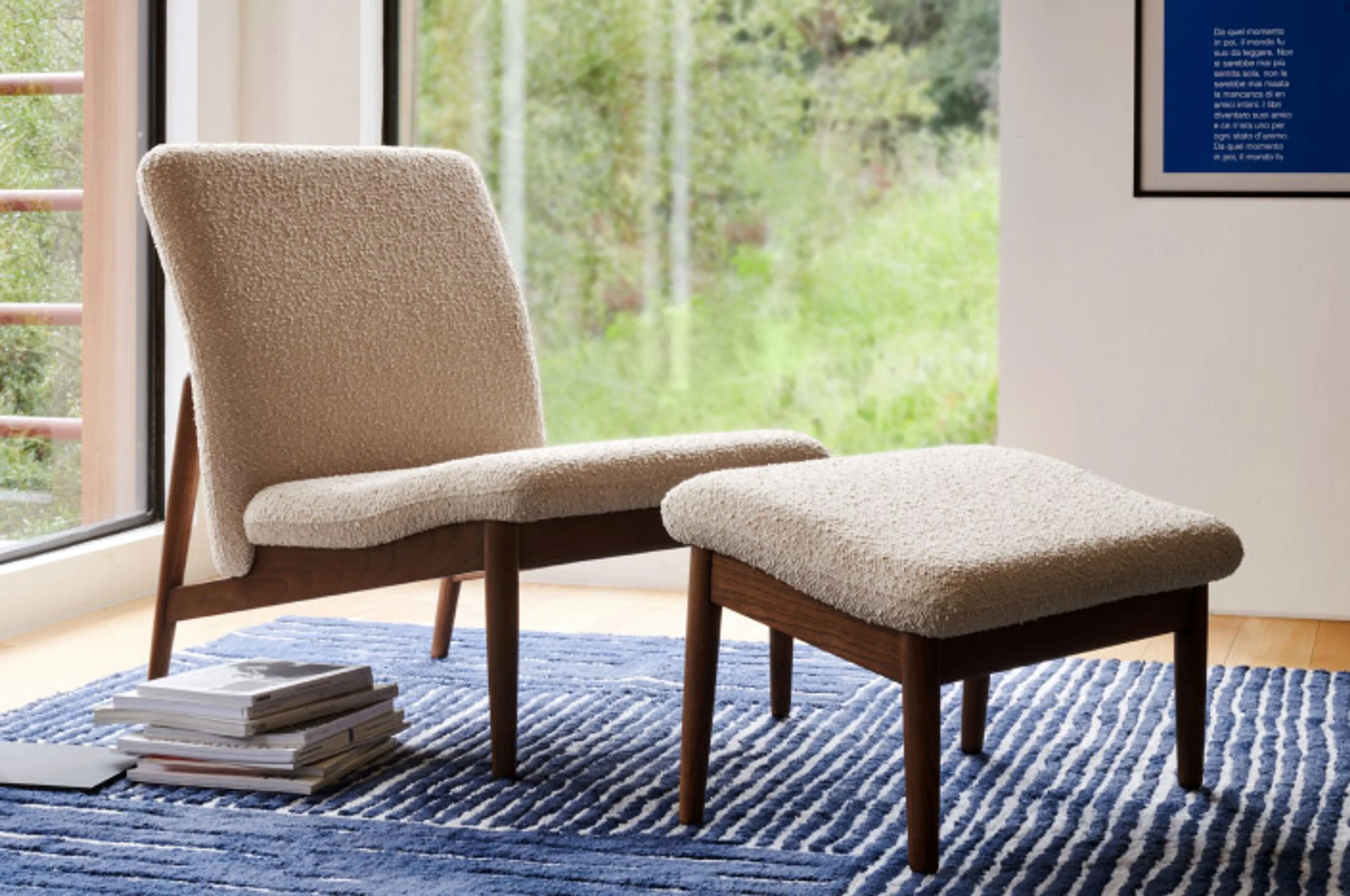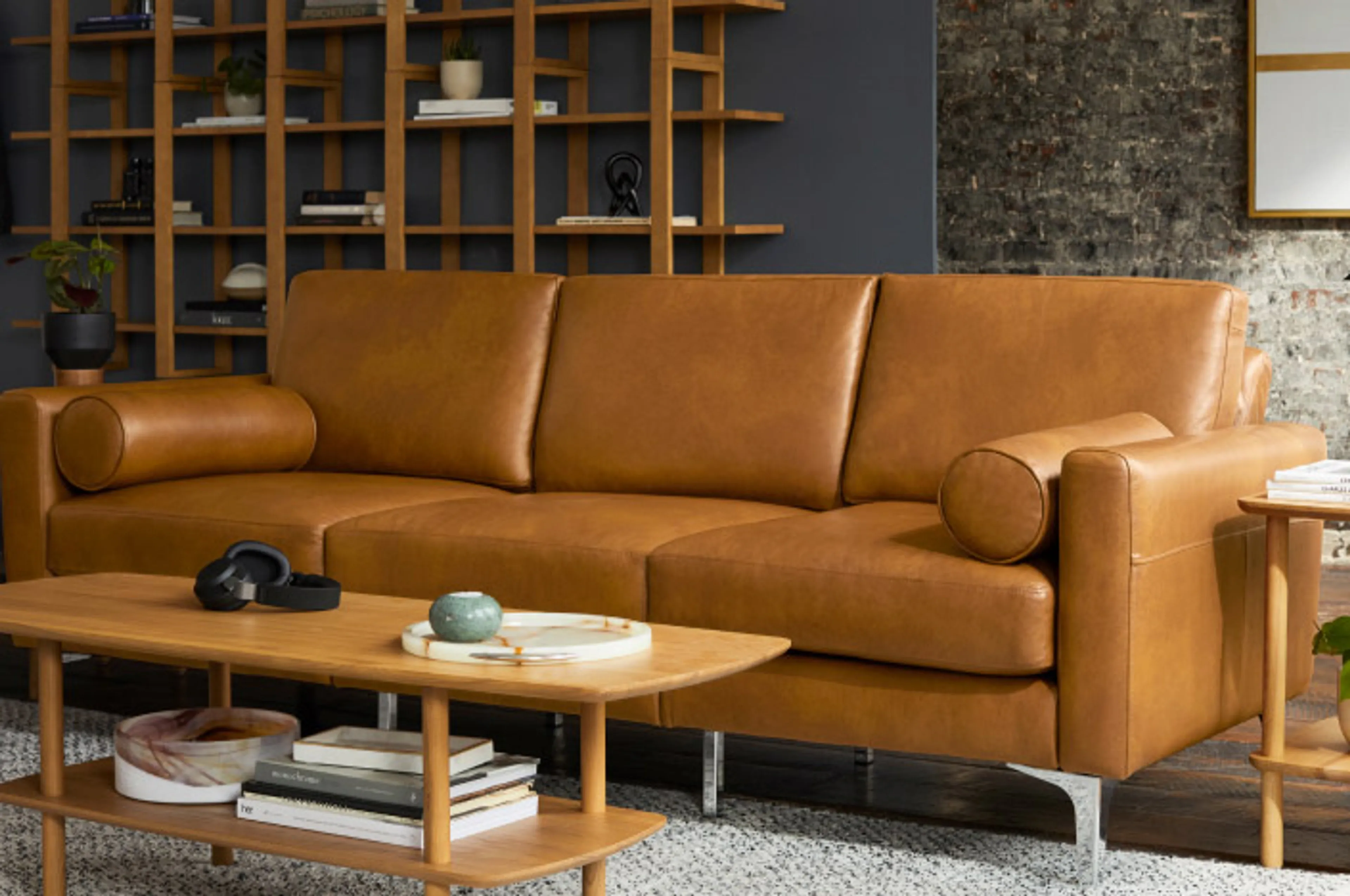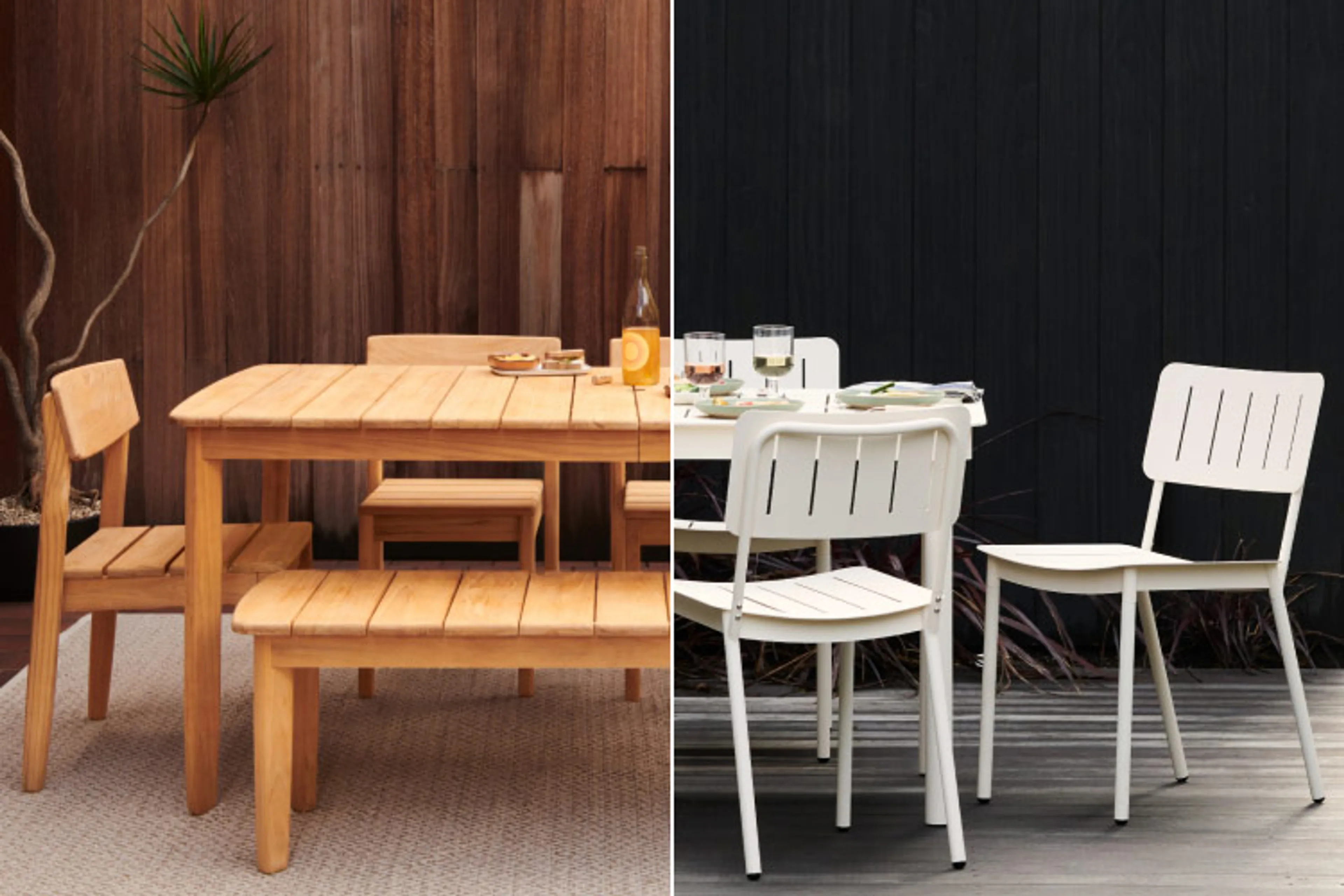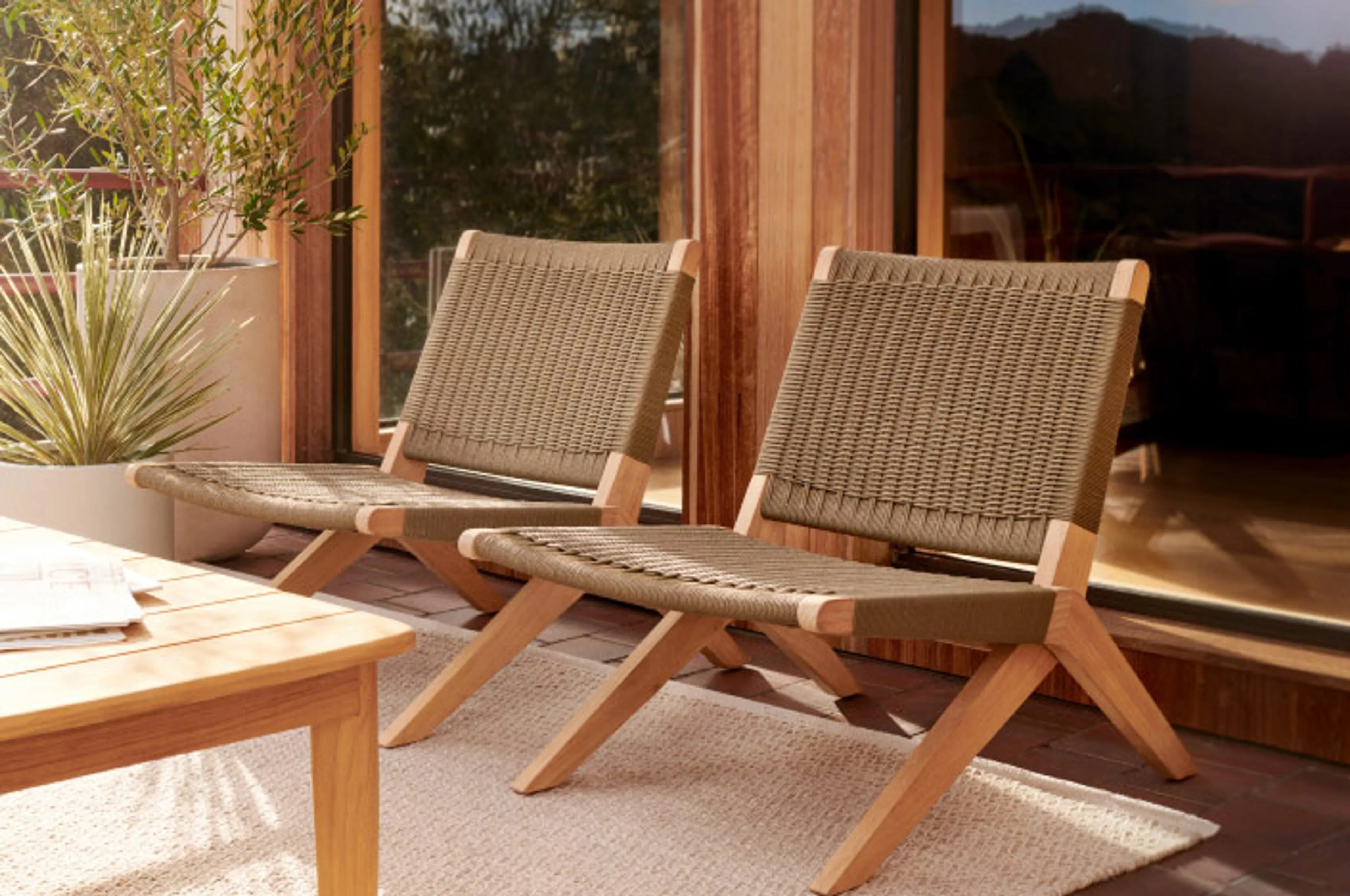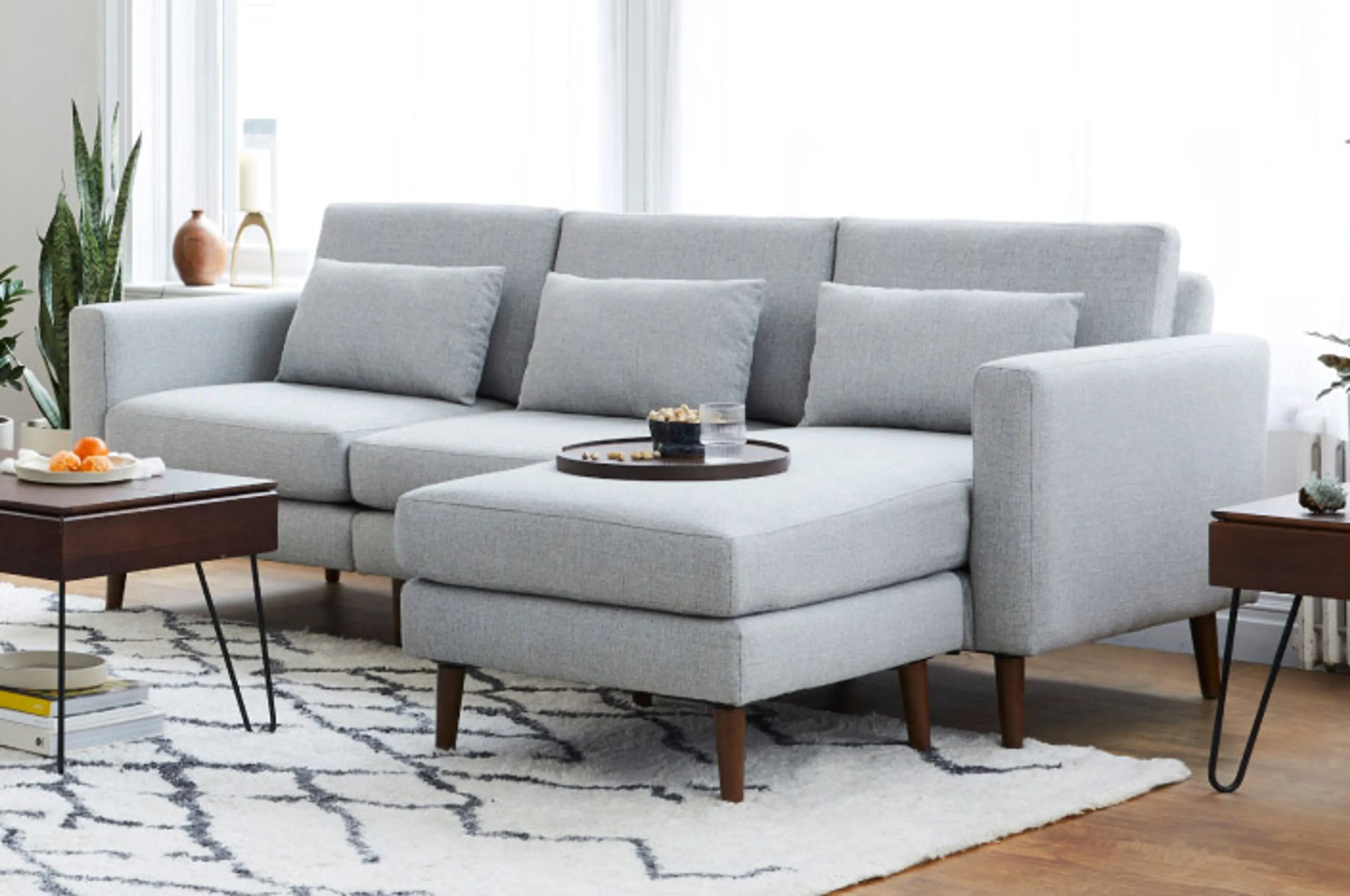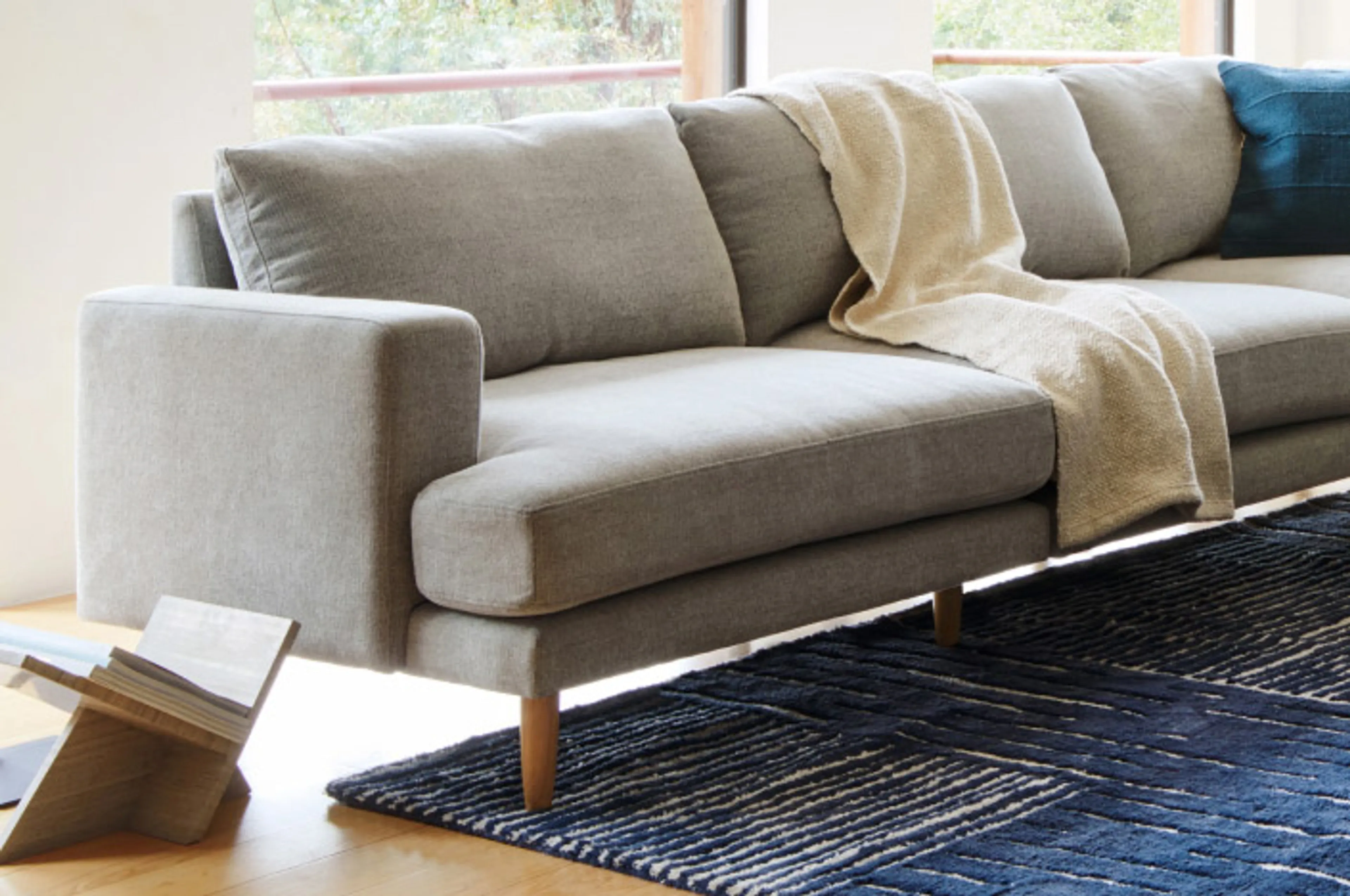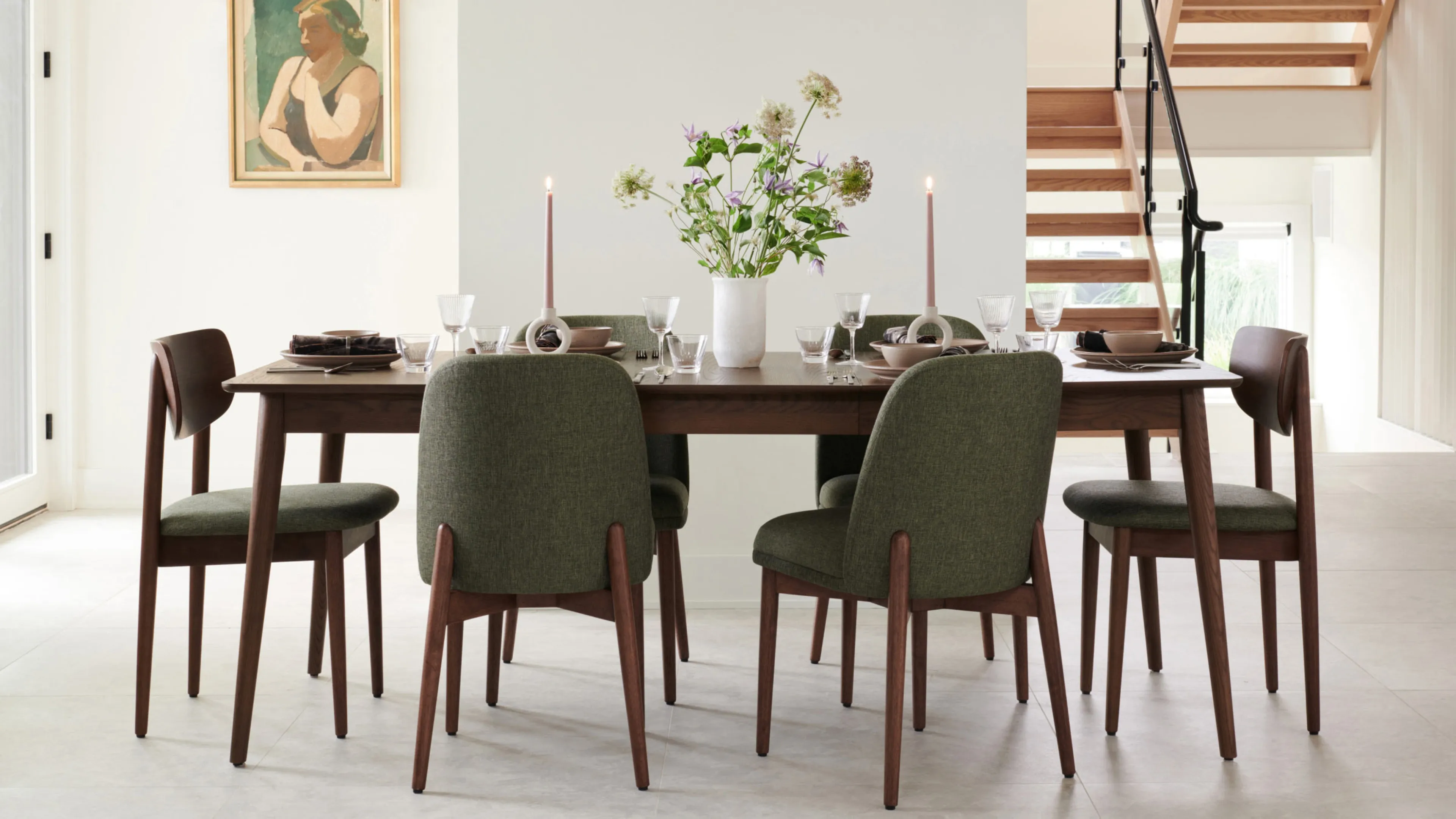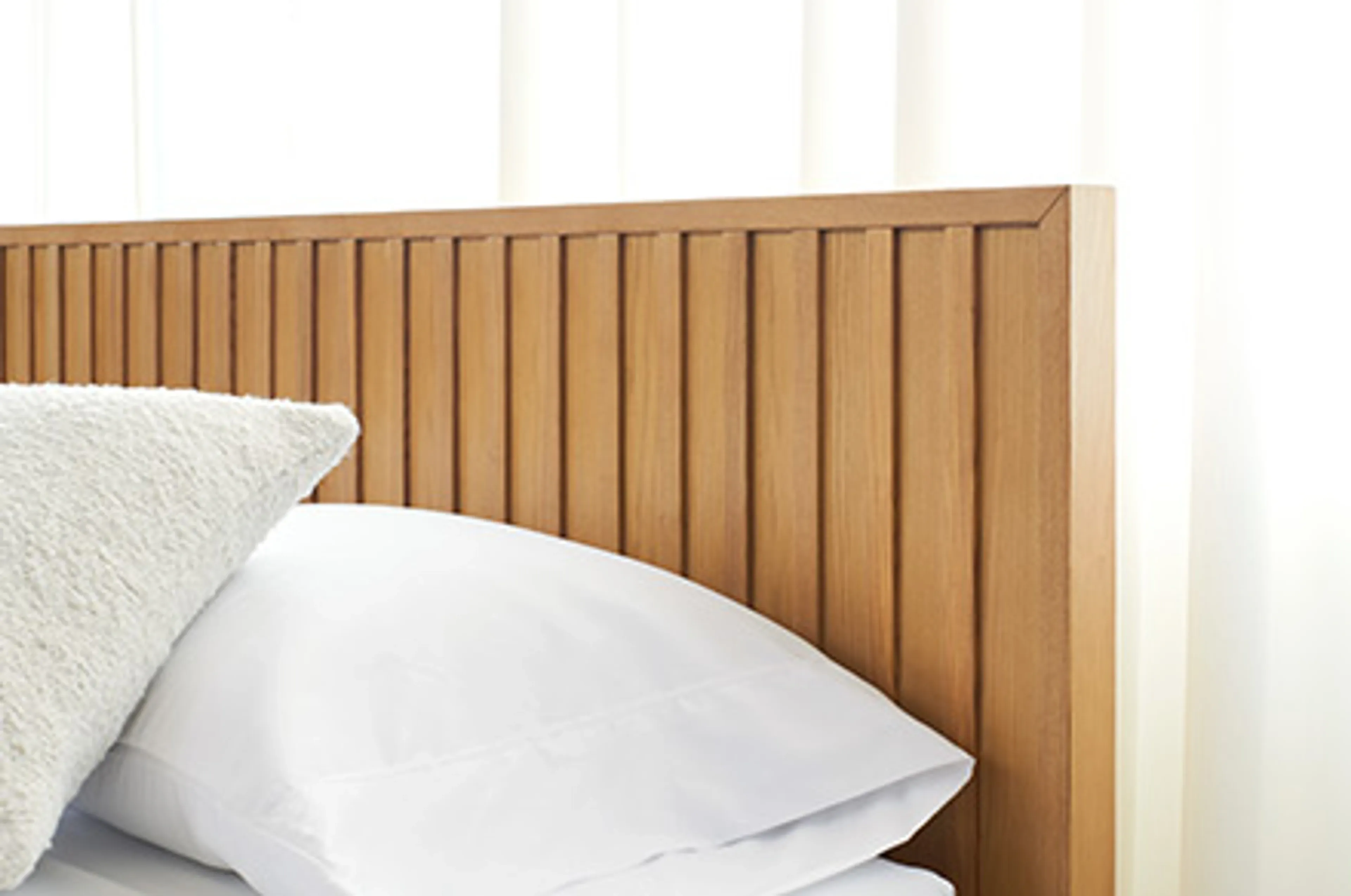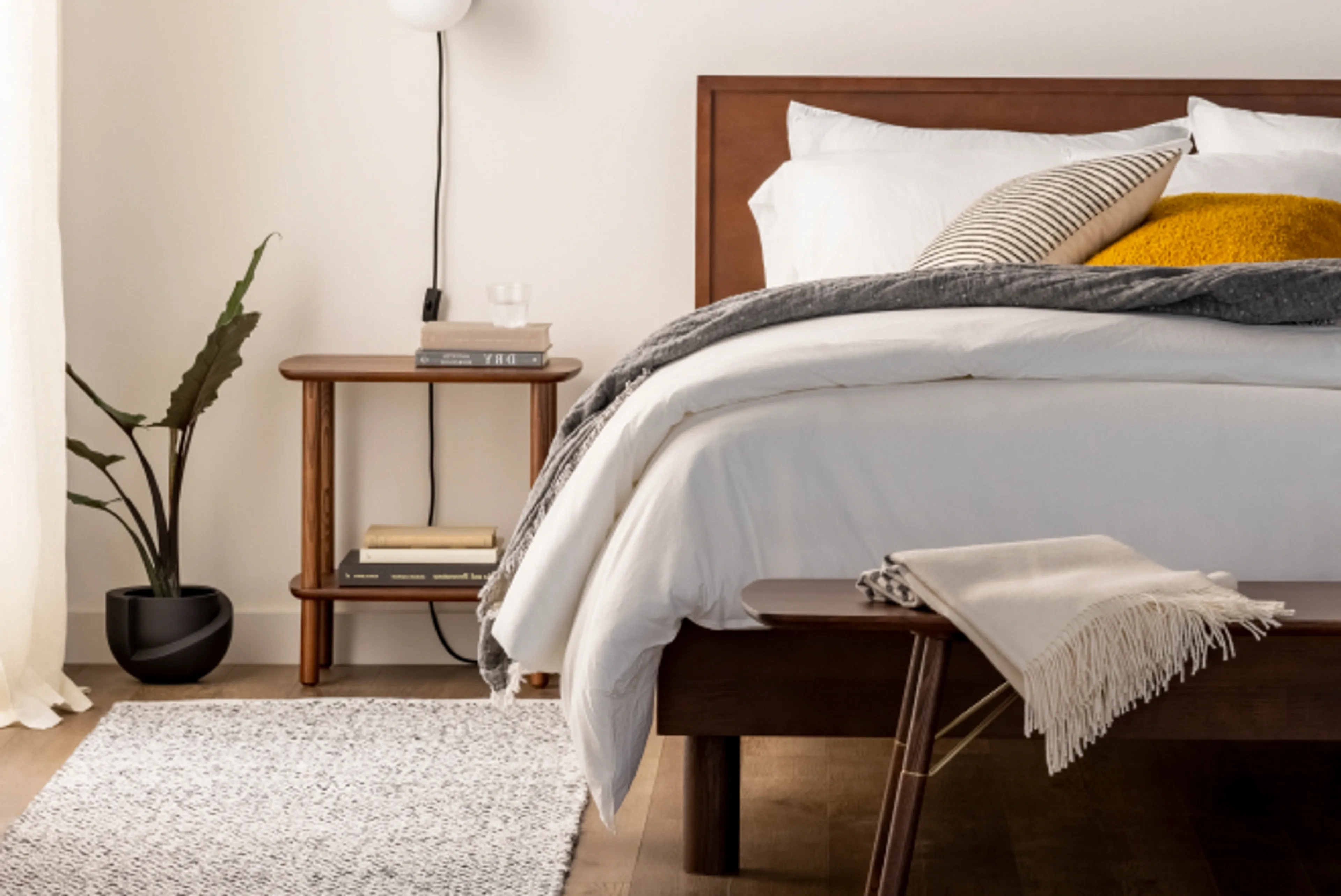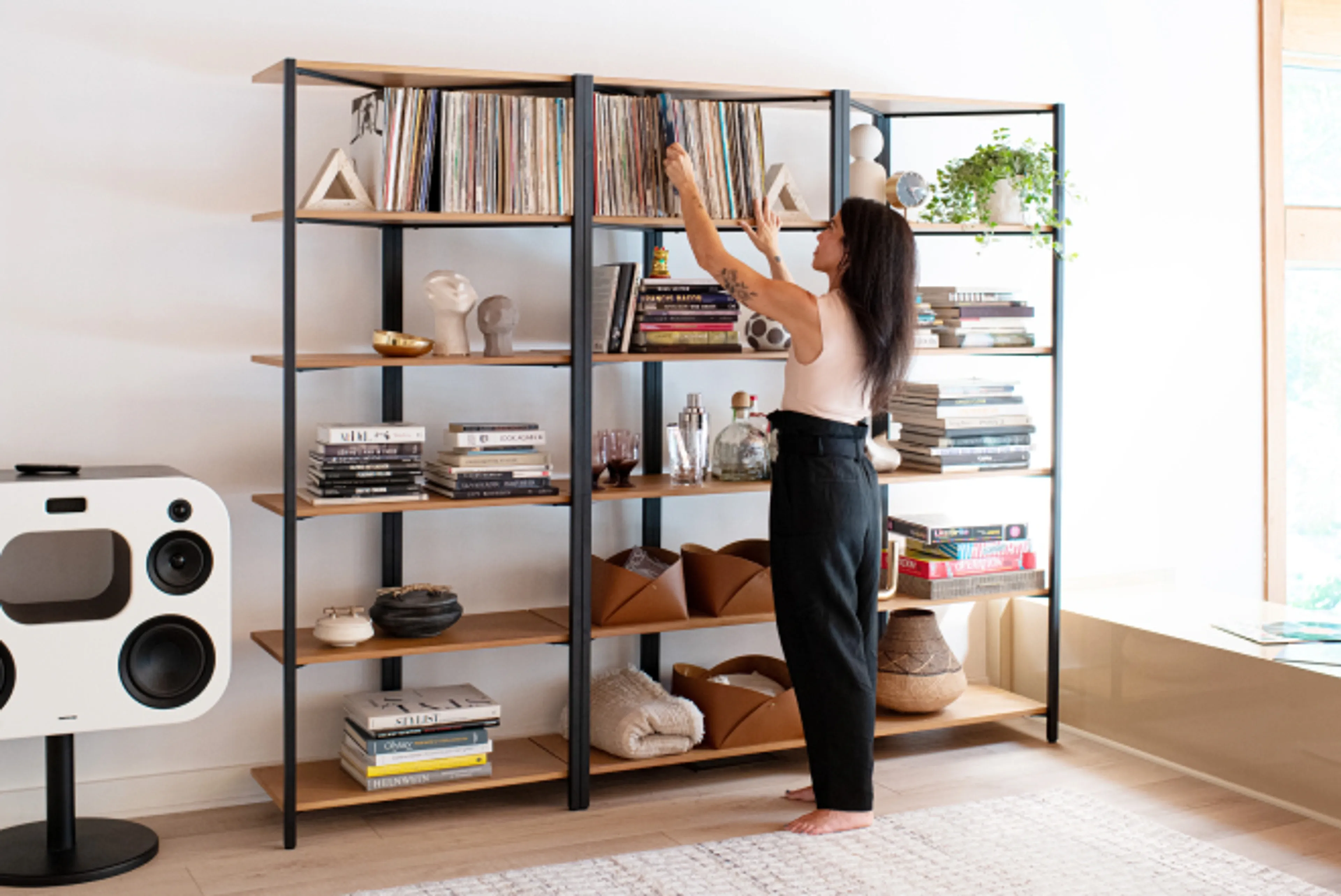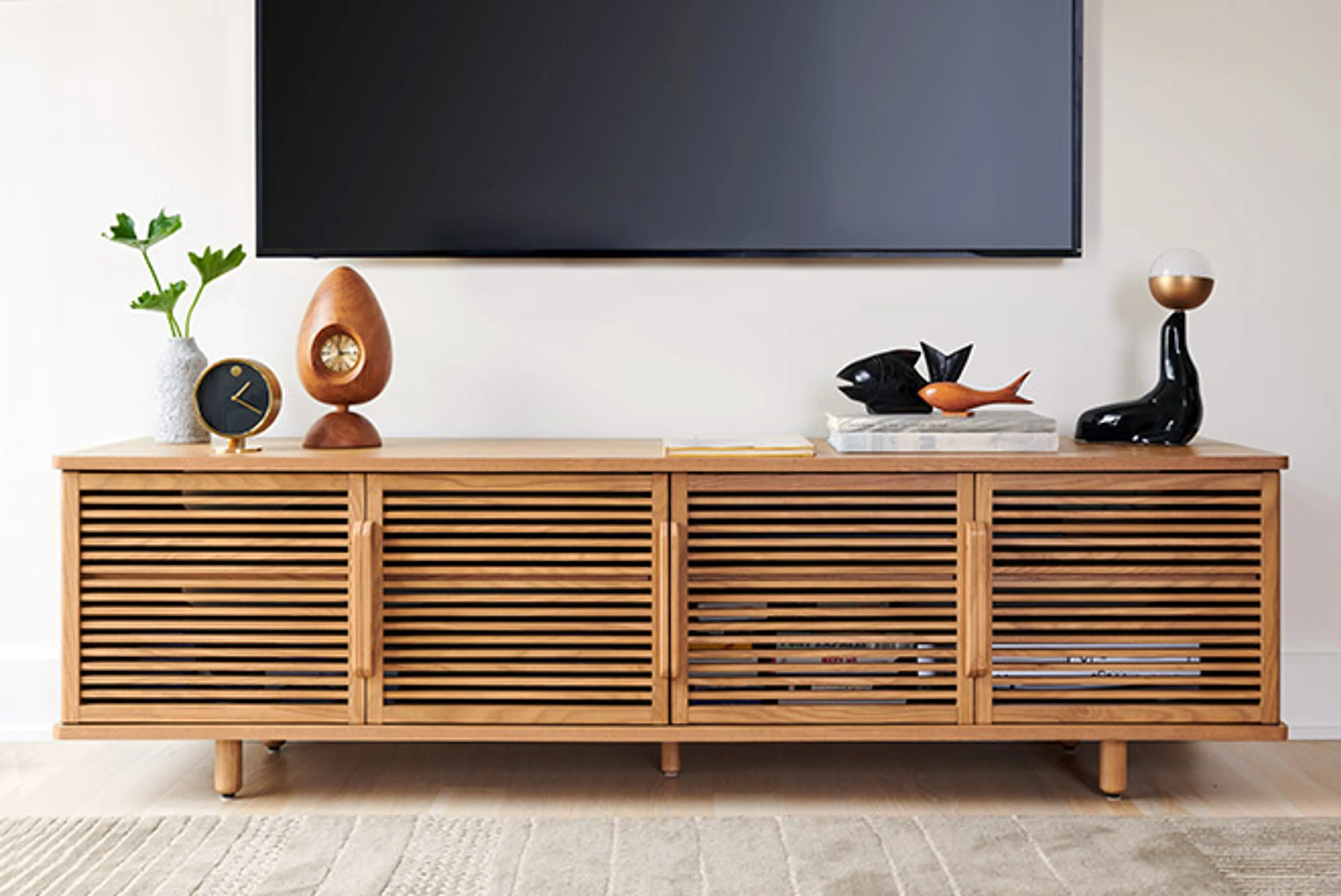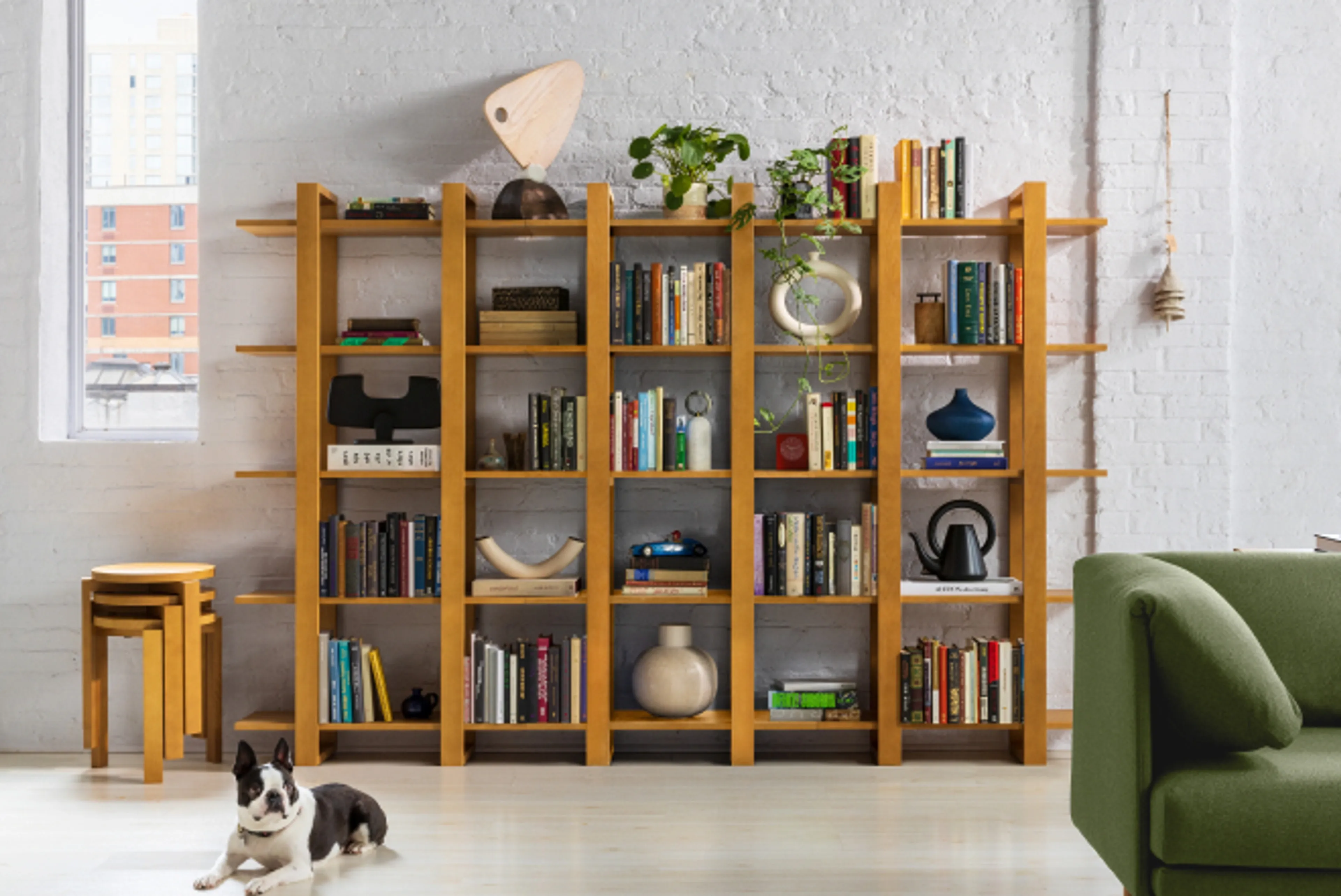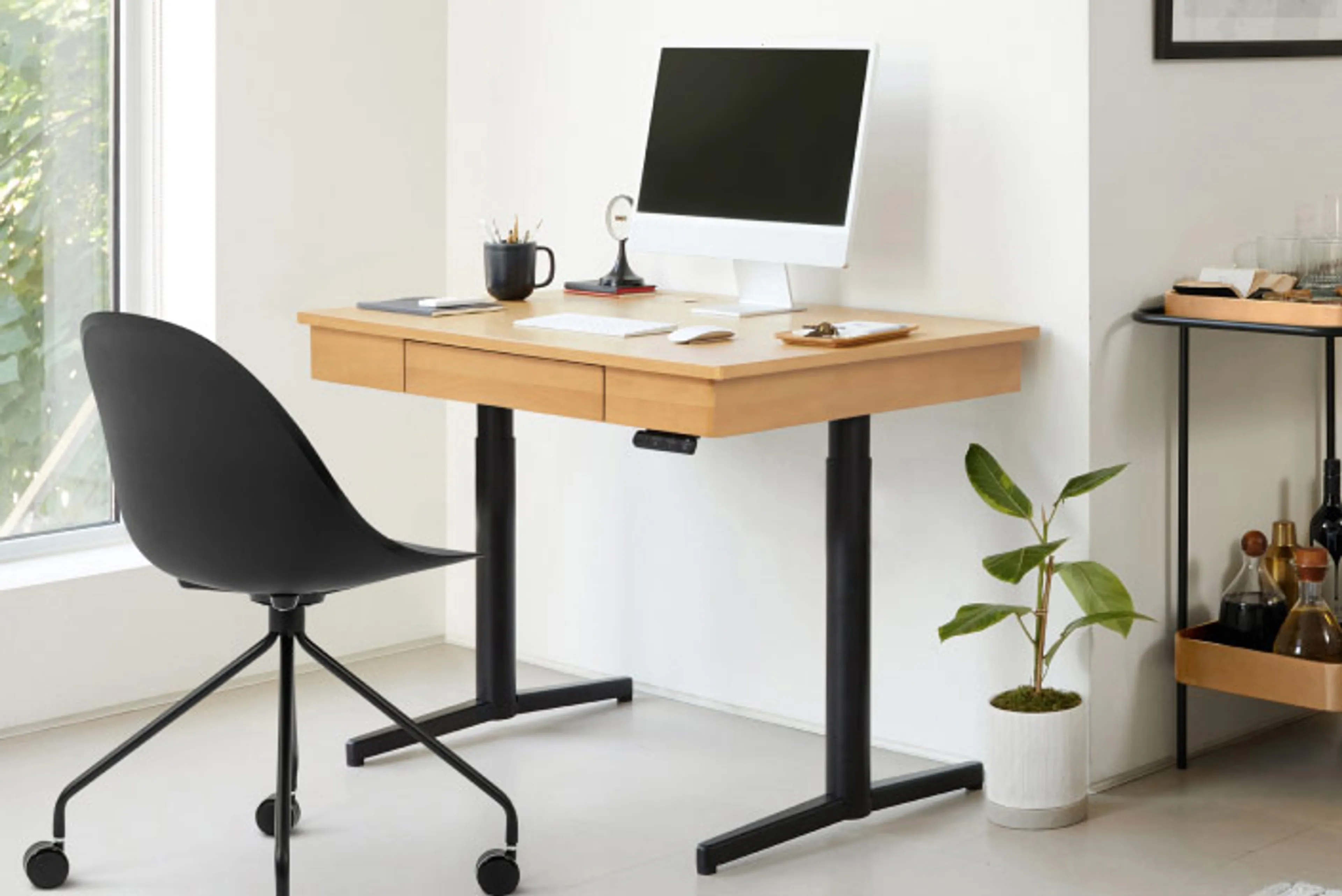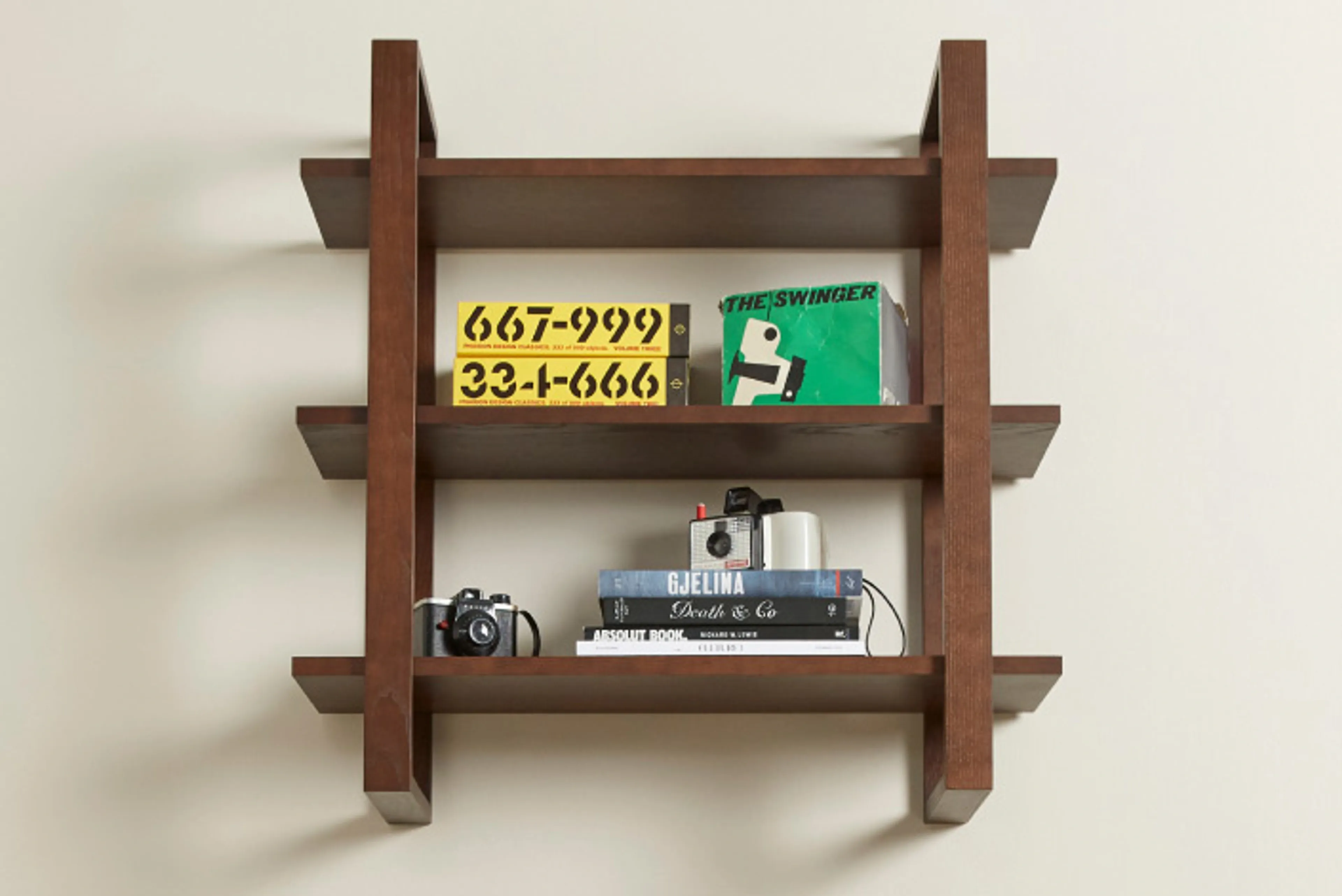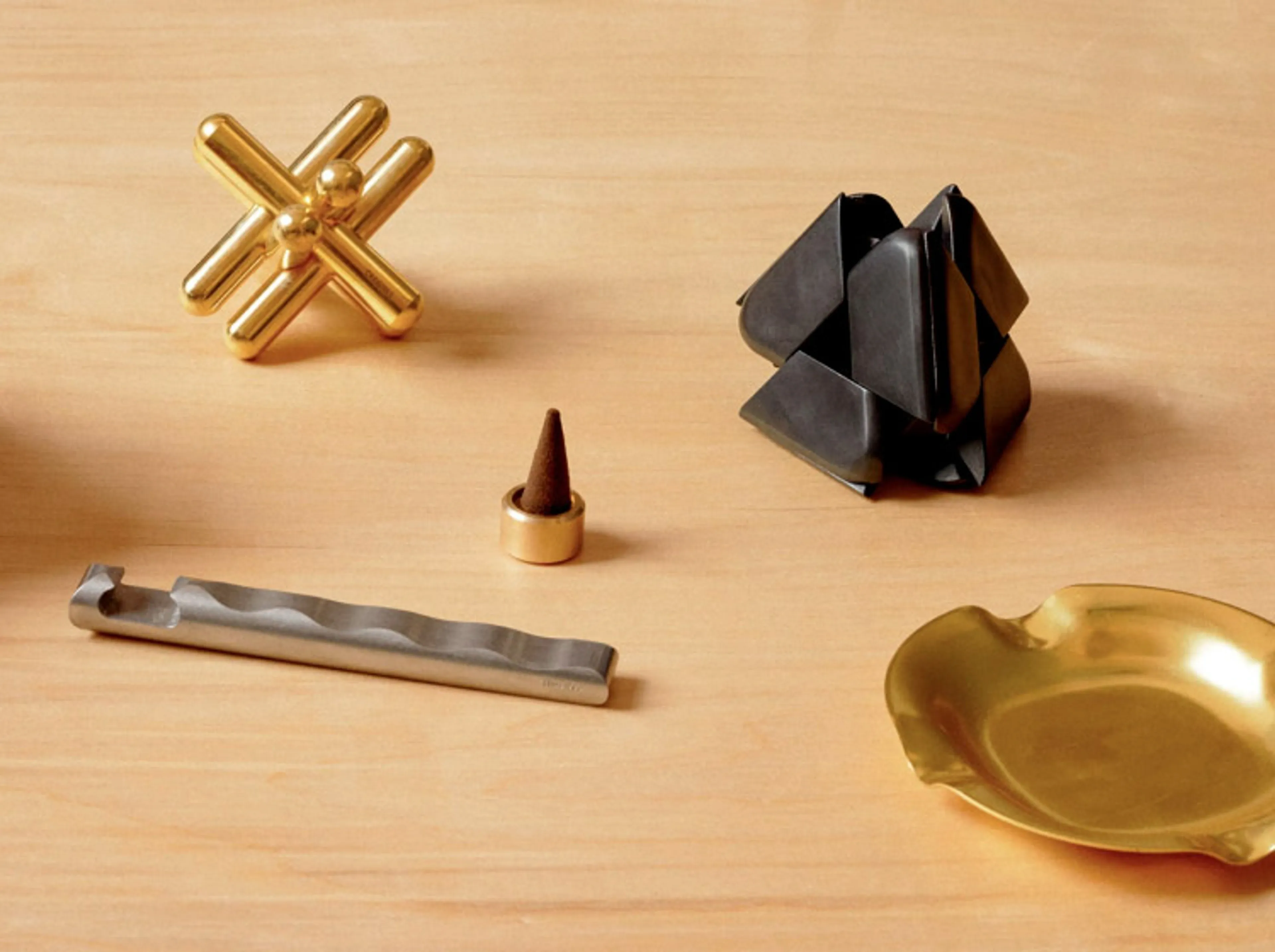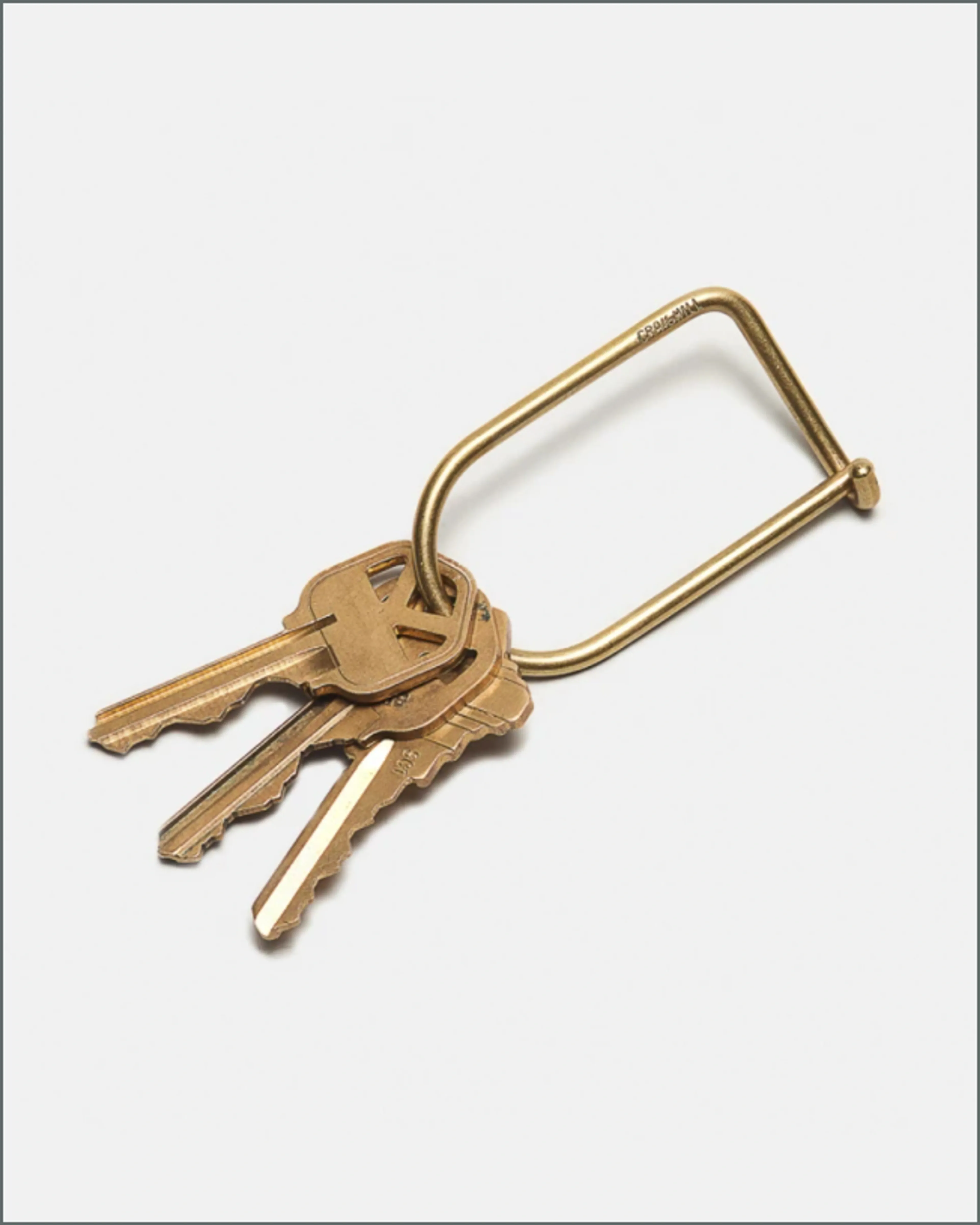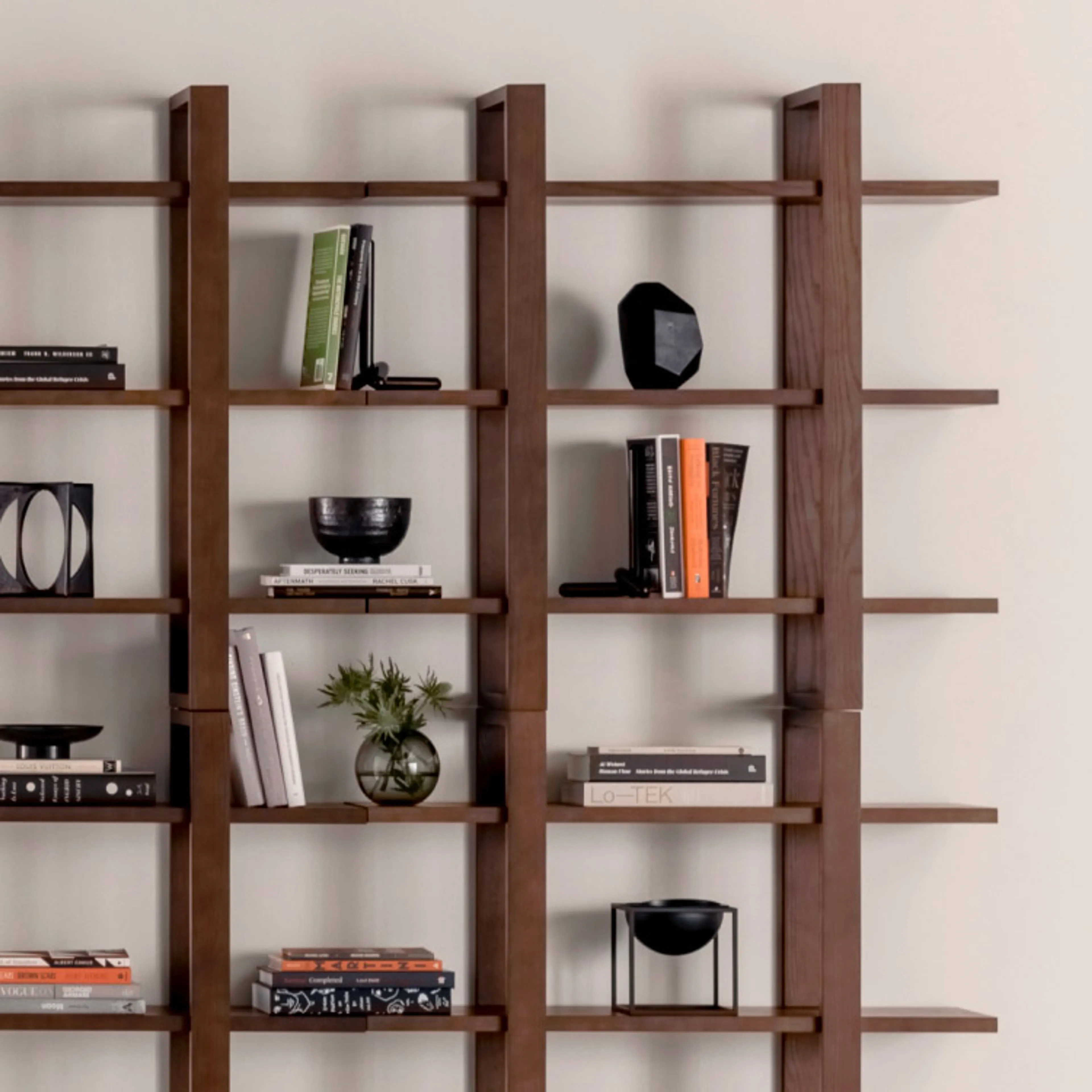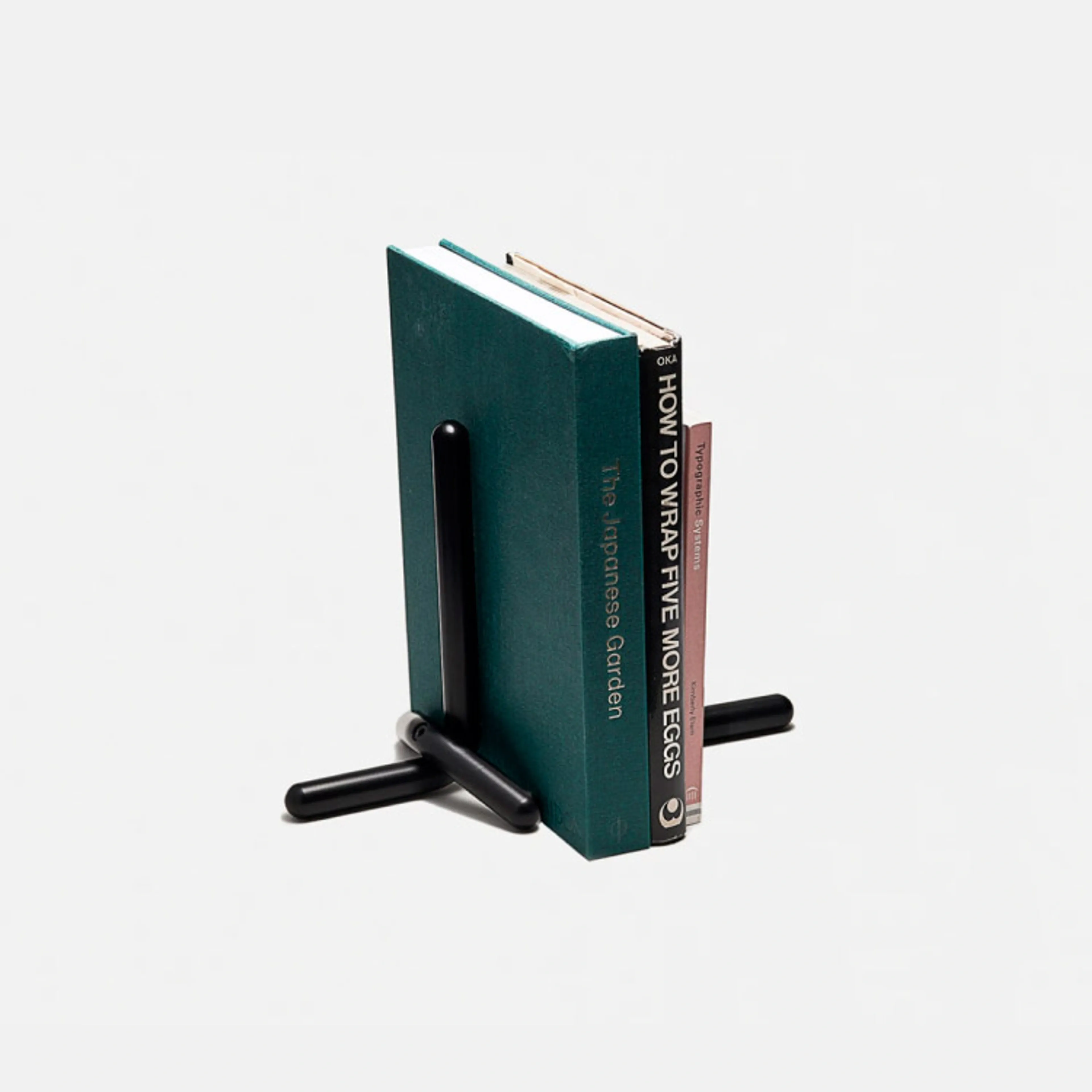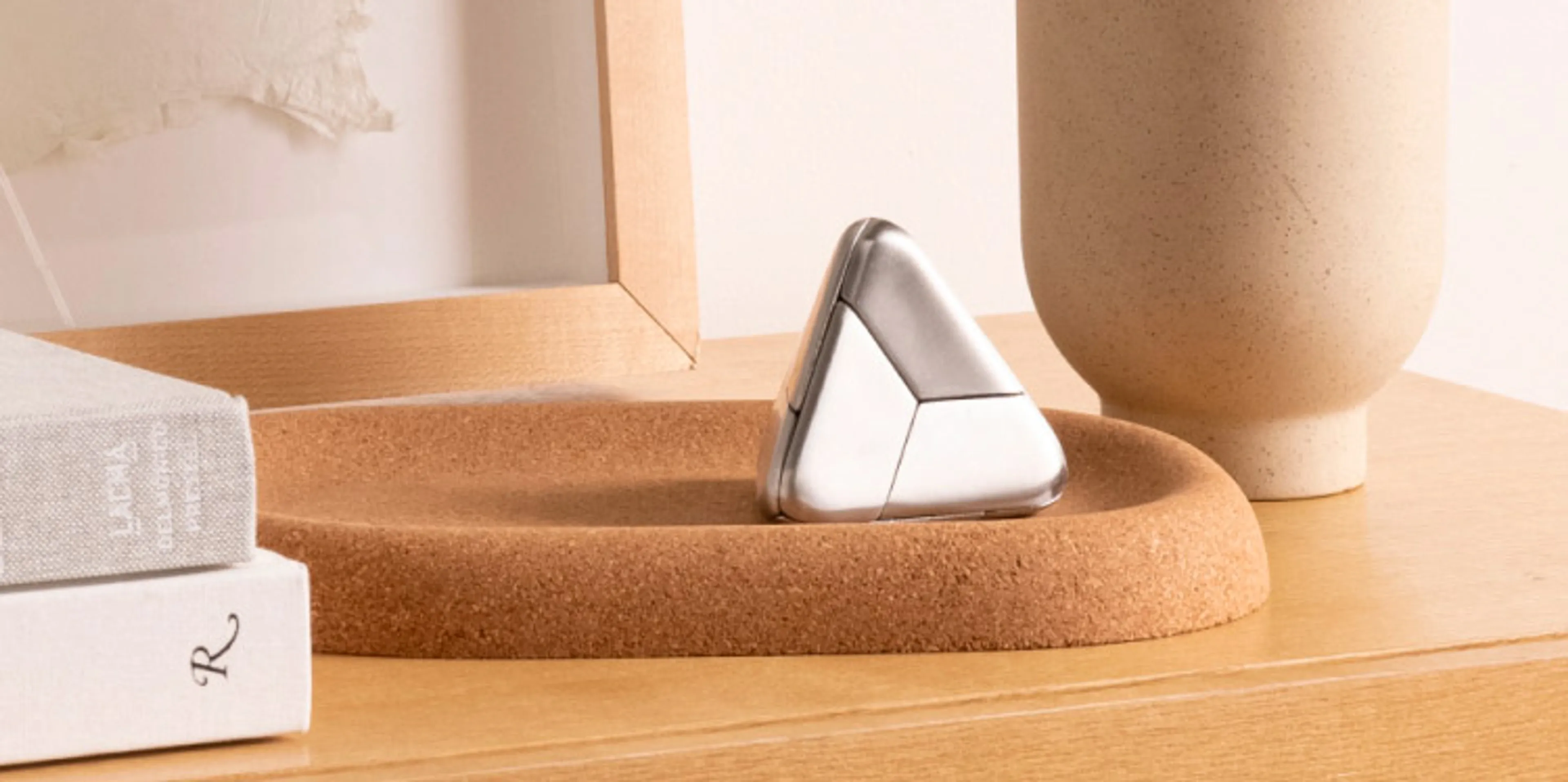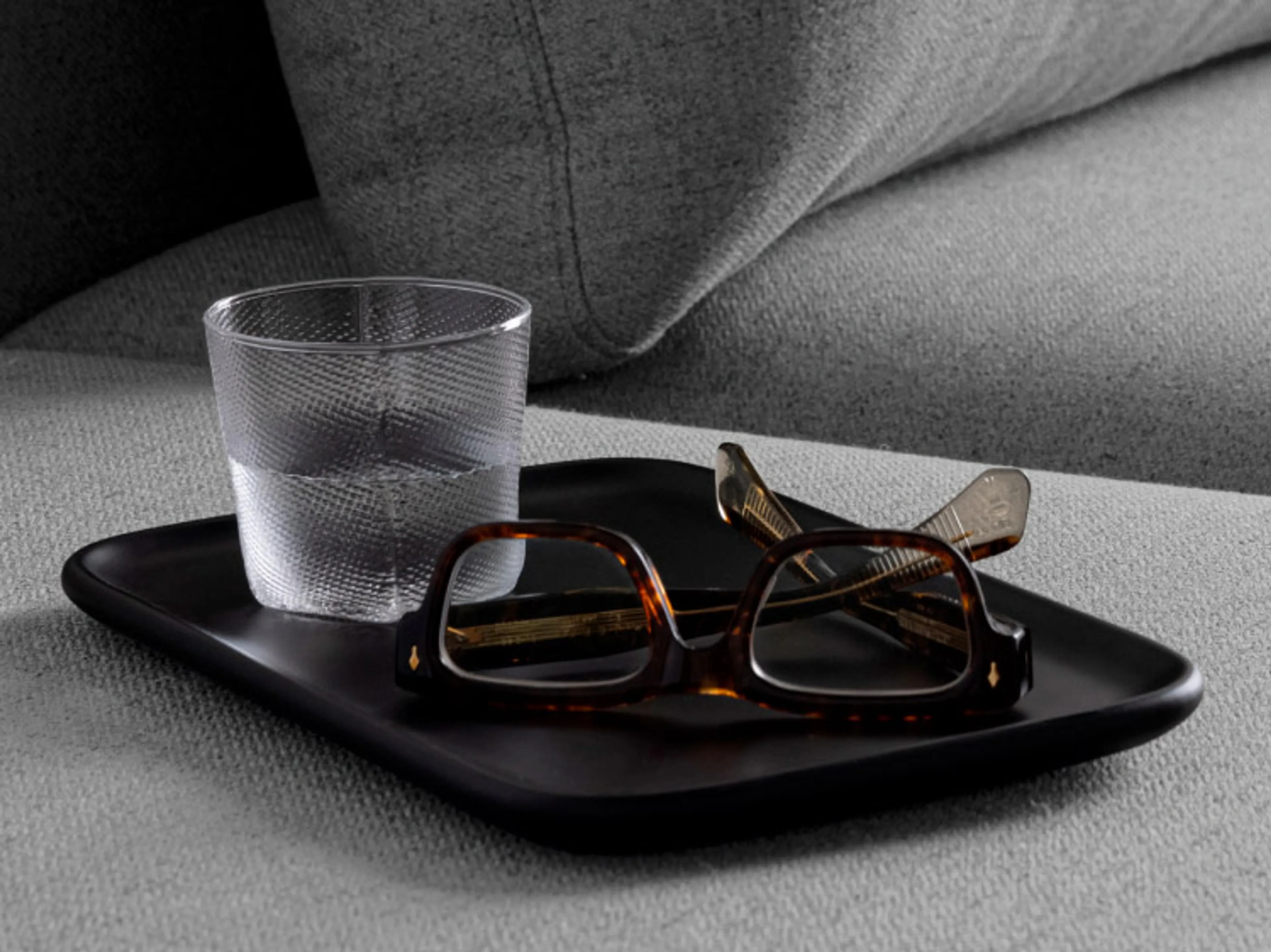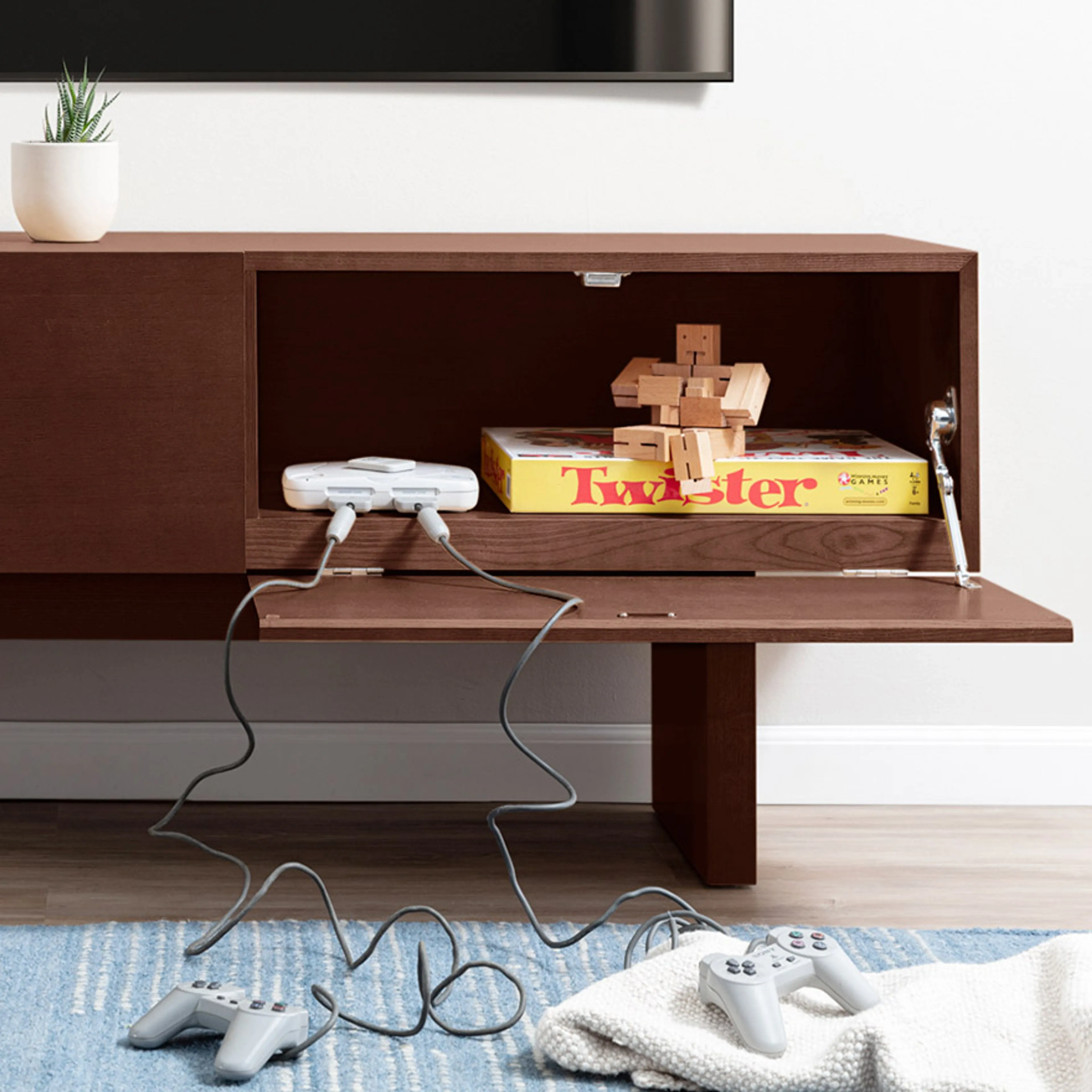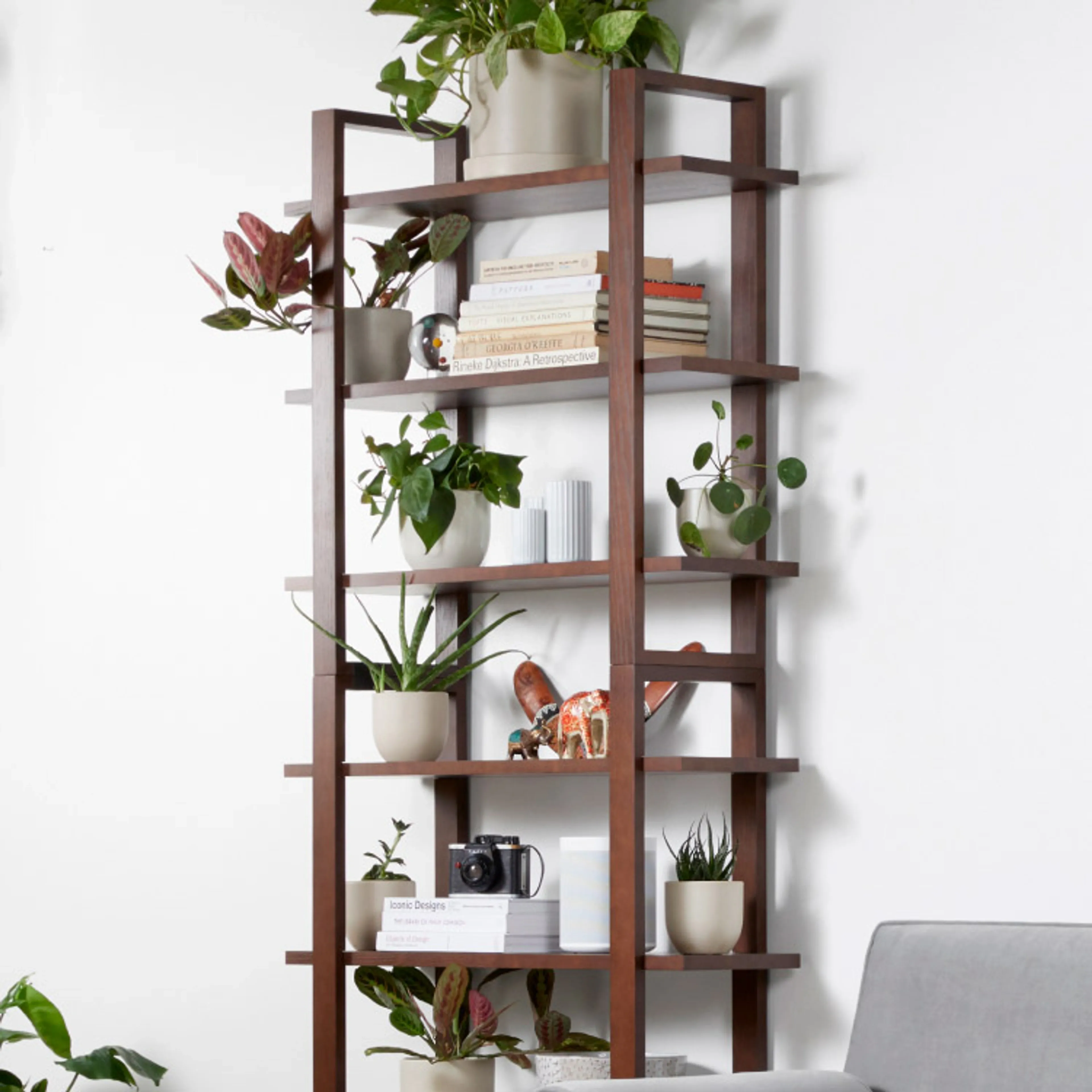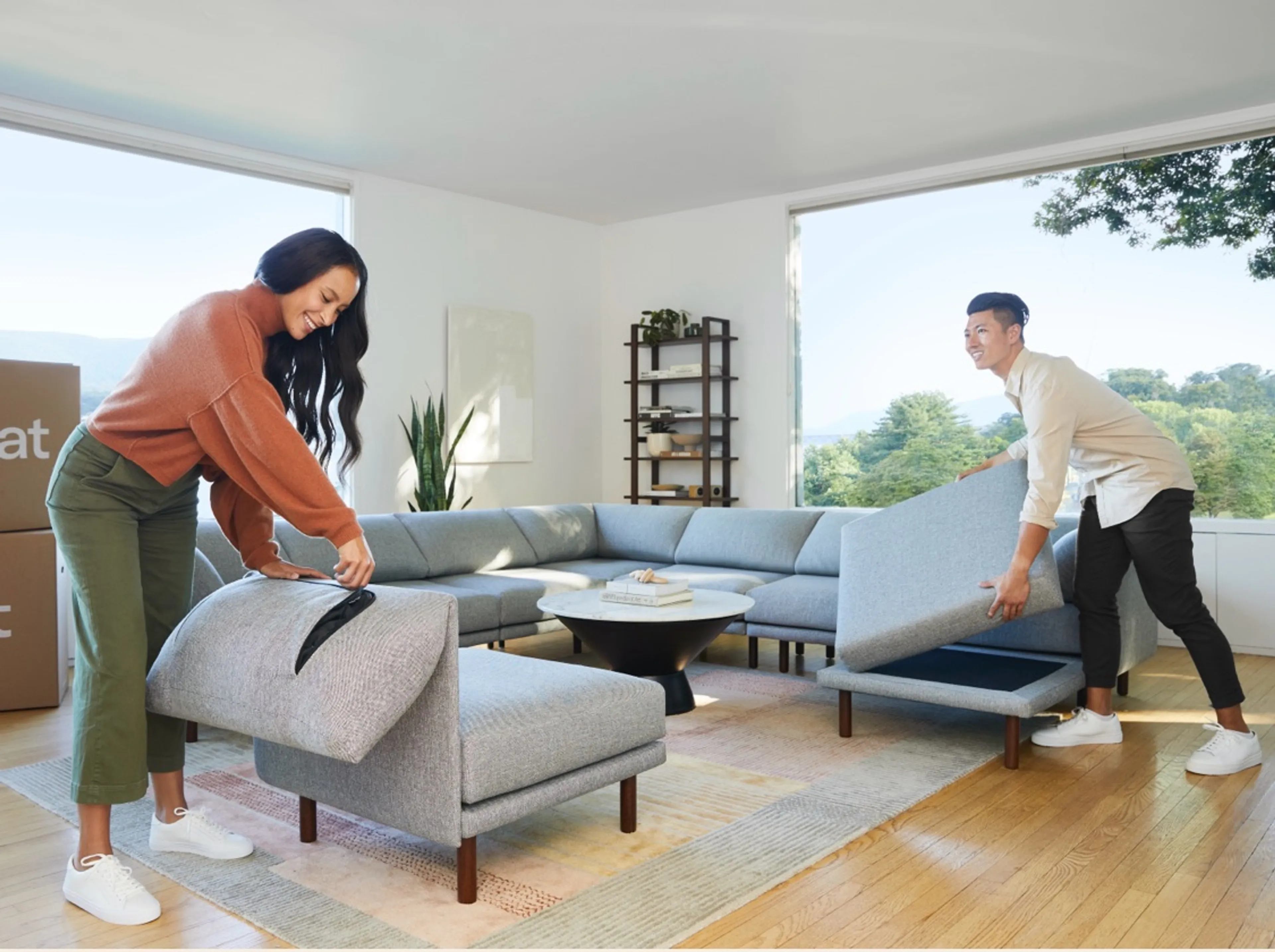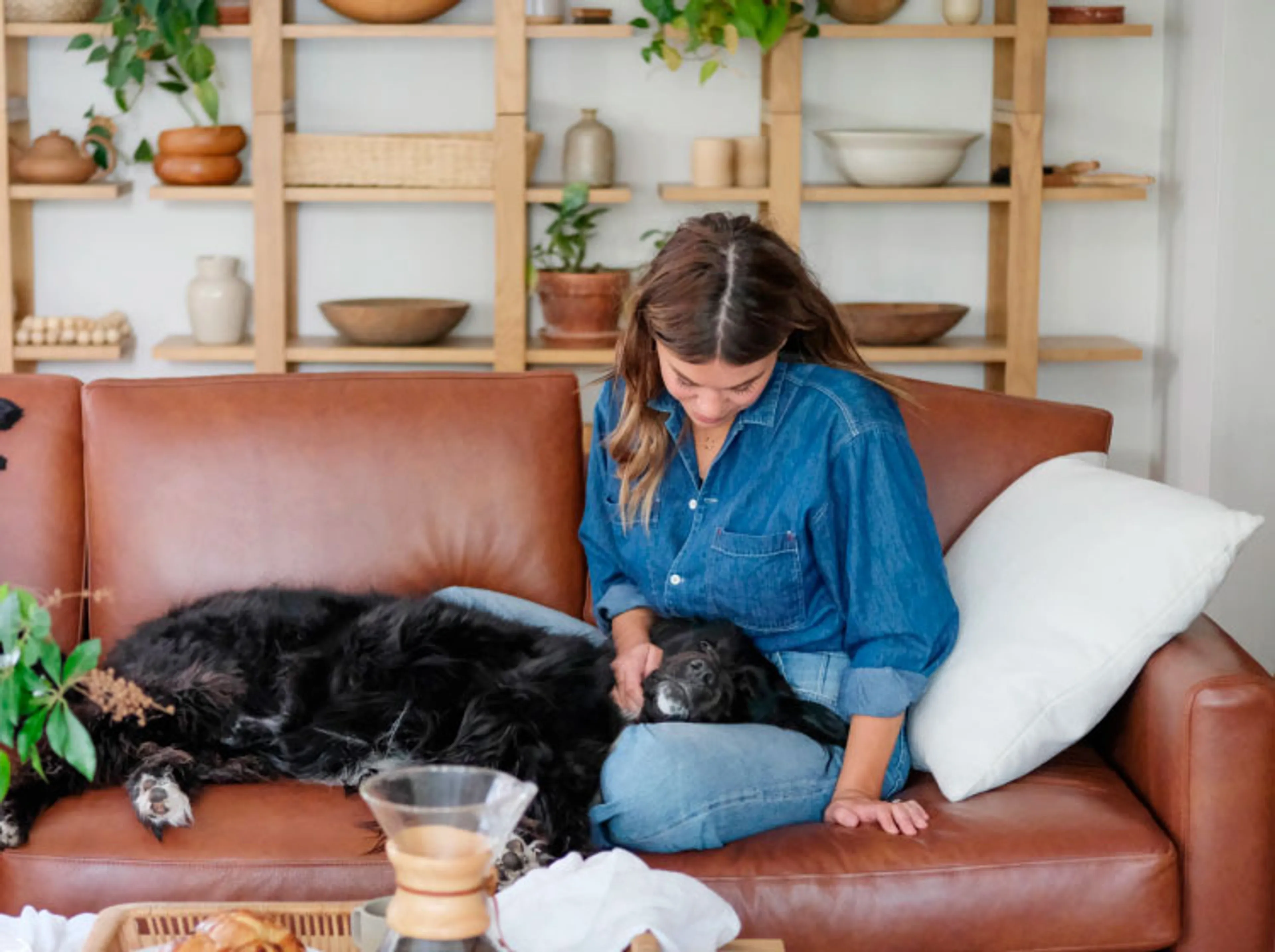In Conversation with designer Hunter Craighill
Cart
0 items
Your cart is currently empty
Stories, updates, and interviews from Burrow
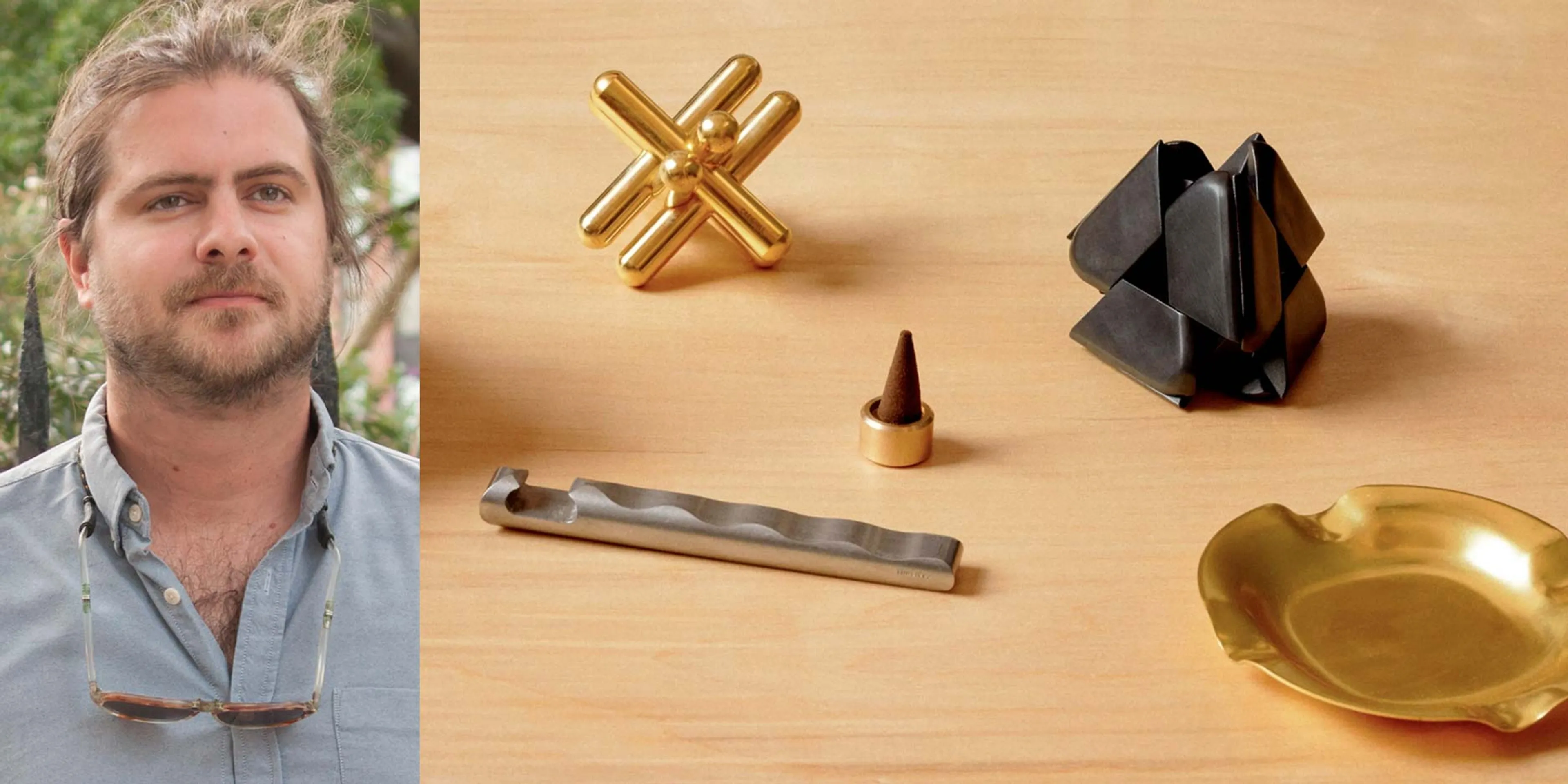
In Conversation with designer Hunter Craighill
Hunter Craighill is the designer, founder, and namesake behind Craighill, a somewhat eccentric Brooklyn-based design company that makes a wide variety of curiosity-inspiring objects. We sat down with him to talk about his history, his vision for the company, and what gives an inanimate object meaning.
On searching for purpose & finding a design niche
I studied architecture at school. And I think like a lot of people, I had a hard time figuring out the overlap of what I was interested in and what was a viable career, and the path to doing things. I started with environmental studies, and then sociology, and then moved into architecture and realized I loved being in the wood shop, making models on my own. That kind of creative pursuit, but with a design justification. So I majored in architecture and worked for my advisor, who was an architect, after school.
But I pretty quickly realized that architecture was very slow for me, it was a lot of client-driven work. You know, the window treatments and small construction details that aren't as inherently satisfying. So I did a very non-linear path. I went and worked at a print shop, and then some marketing, and then I tried to do graphic design and was bad at it.
And then somehow, I ended up in New York, doing this Levi's pop-up project, and I learned about Best Made, and talked my way into an internship and a job there in 2010, and helped build the collection of products learned about product-scale design. And it satisfied the design, model-making itch.
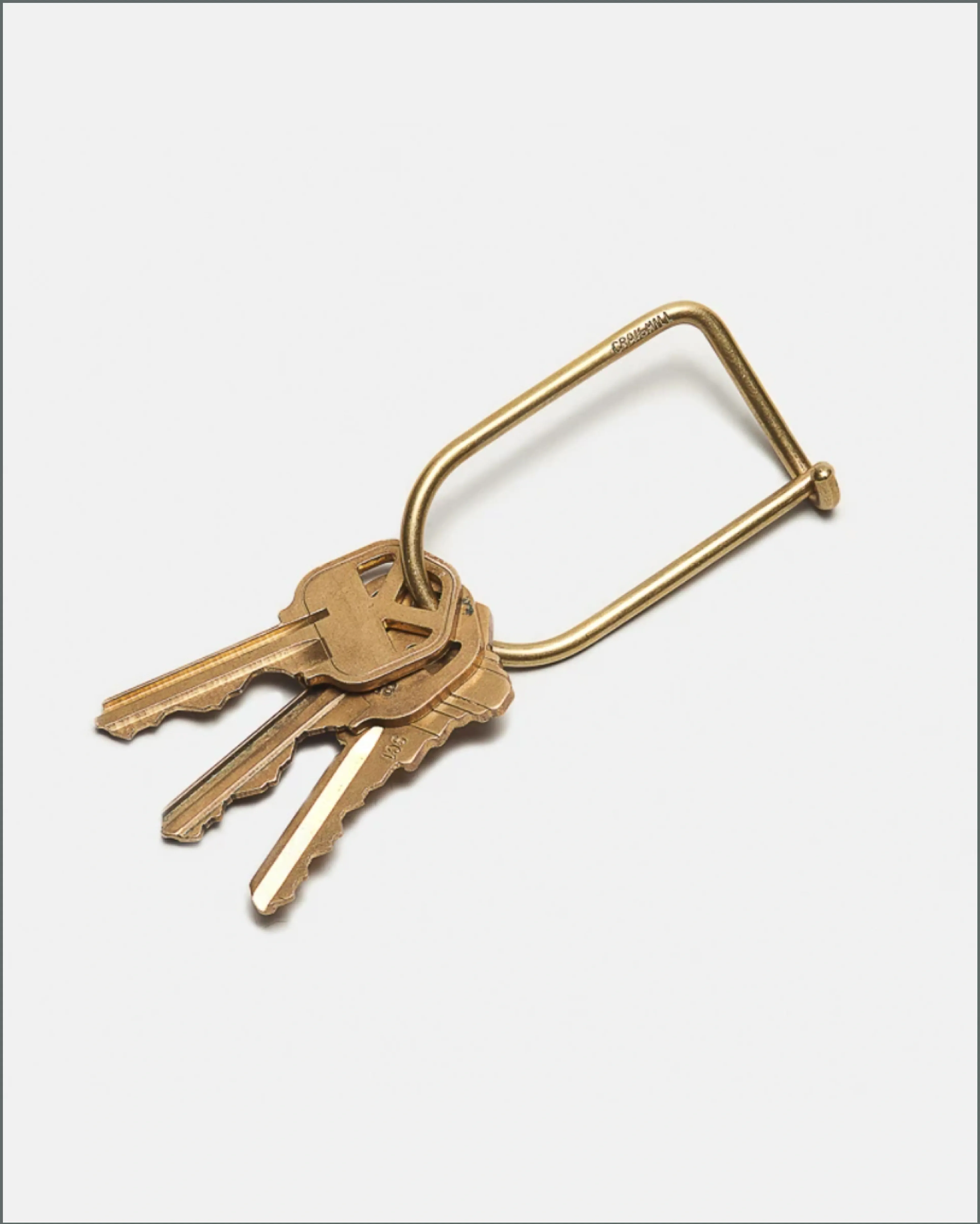
On starting Craighill & the first few products
I spent a lot of time learning how that world works, how things get made, and by 2013 I left and did some consulting and started a different business that was not ultimately successful. And then I got to a point in 2015, where I needed to decide do I call it a day and go work at a West Elm, or do I try one more time? With a clear understanding of how wholesale works and how the business operates? So I gave it a shot, and it went pretty well, and a few months later I called Zach (Hunter's friend & business partner) and was like, "I need help."
The first product, in many ways, is the Wilson Keyring, which is super elemental, so simple that it's undesigned. It's engineered more than anything else. And yet, for some reason, I can appreciate the simplicity and that's probably what I'm most proud of, though the thing I think we're most known for these days are the puzzles.
On being a “design company” & resisting categorization
We’ve always had kind of an unusual range of products. We think of it as a design company. It definitely keeps things interesting, working on so many different types of materials and processes. It's just continually challenging. We'll think we've figured out how to make, you know, a folding knife, and then we then try to make a clicker pen, and we're like, that's a whole different thing! So if there's a unifying thread, it's the approach to design, trying to find something in each piece that feels like a little magical, more than the sum of its parts.
On what defines a Craighill product
A lot of it comes down to us sitting here, talking about it. We do have three broad categories, the essentials, deskscape, and leisure, so you know, we're trying to balance them to some degree. We're also thinking about price points and making some things that are more accessible and others that are more aspirational. But a lot of the inspiration comes from manufacturing, where we learn about some CNC wire-forming device, and we're like, 'this could be amazing.' Maybe a stepstool could come of that, or some wild keyring. And other times it's about finding a material or process and recontextualizing it, like how could you make a wallet out of a new set of materials. Or the Cloud Planter, that maybe has a straightforward form but a surprising approach to it.
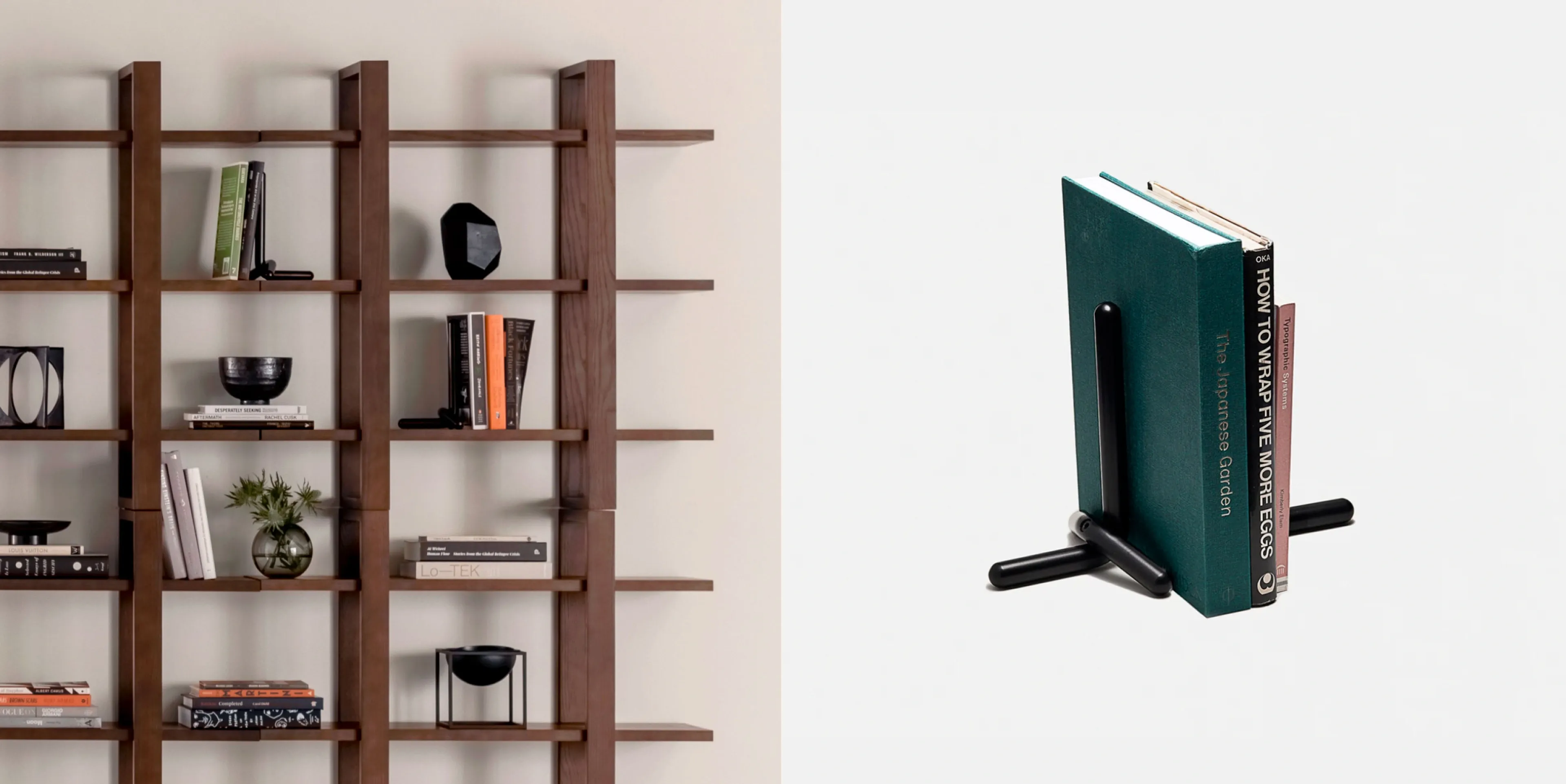
Pictured here: Index Wall Shelf, Set of 6, Cal Bookend
On what they won't make
Tech-related things, typically we avoid those. Anything with planned obsolescence. That's a bad idea for a number of reasons. You can develop a product and have a market for it, and then have it completely disappear overnight. Or you're racing to catch up with the redesign, like phone cases. And then it's auxiliary to something else.
I think one of the things we've found is that a lot of satisfaction comes from things that are not technological. We want people feel more grounded in reality, and to appreciate physical things that are incredibly simple, but heavy and sharp, and make you feel present.
On his personal design preferences
I like combining classic vintage pieces that have real soul and character and can be a little bit louder and more evocative. We talk a lot here about how objects can have character and you can have emotional attachment to them and that's not a bad thing, that it's a good thing, and it made you want to preserve them and not throw them the dumpster, and they have meaning beyond their utility. By combining those pieces with the contemporary versions that seem like they'll age well, but maybe a little bit more contemporary and recent. I think that’s part of the appeal of some of the Burrow products I selected, the ones that to me feel like they go a layer deeper, to solve some problem that maybe people hadn’t thought about before. The wall shelves, in particular, are these nice shelves with nice materials but they go a step farther and make it easy for people to hang them with the posters or whatever. And the seating, like, fundamentally it’s hard to get a couch up a set of stairs, so figuring out an easy to way to make things go together and come apart again is a design instinct that helps people keep objects for a longer time, to keep them out of landfills. It relates to part of how we consider what makes a Craighill product, like, are we just making our version of something, or are we actually adding to the conversation? Is it something that’s useful? The world has a lot of stuff, and hopefully the things we’re putting out there are a bit more thoughtful.
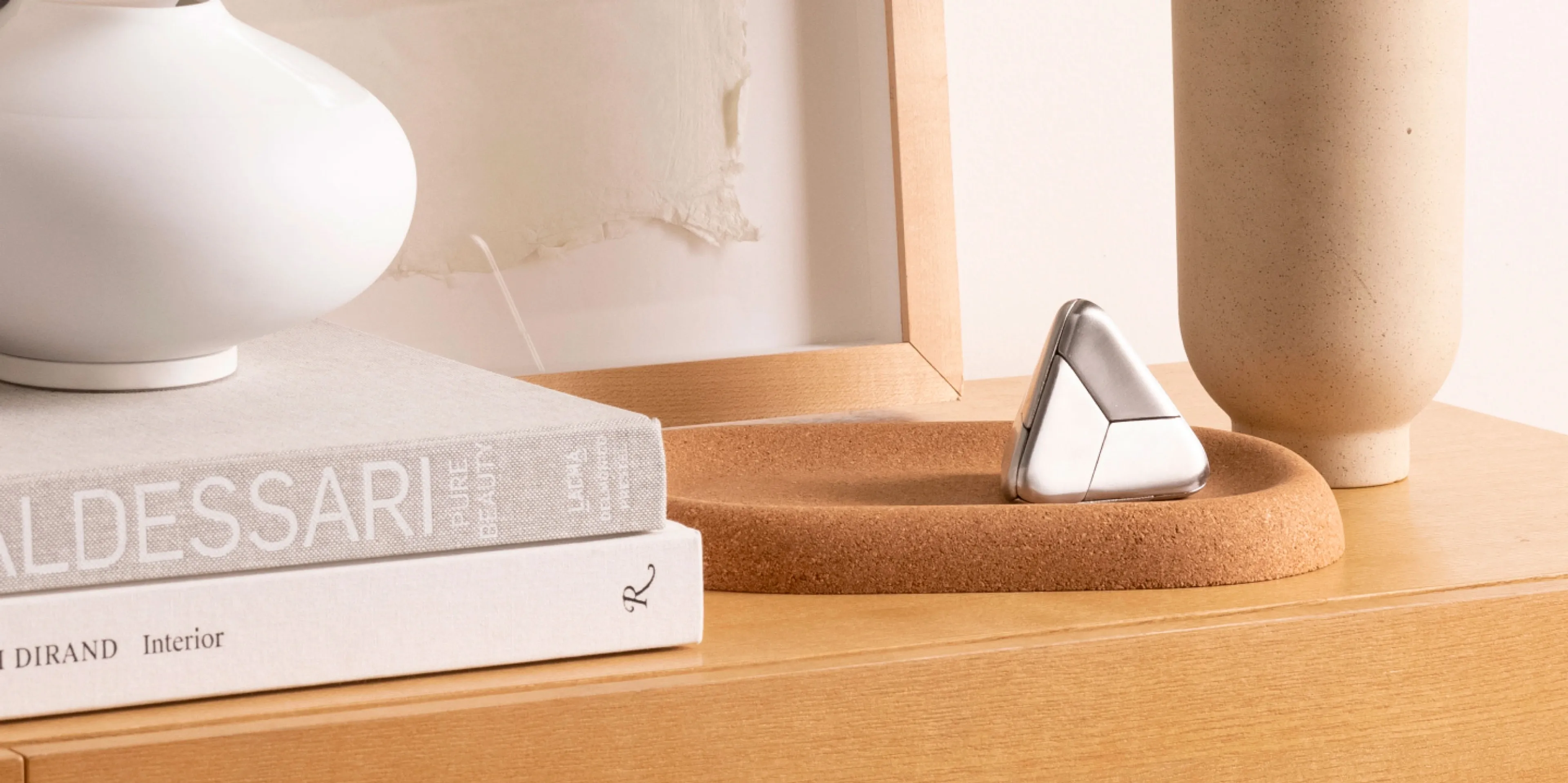
Pictured here: Little Cloud Tray, Tetra Puzzle
On his favorite Craighill products
Oftentimes it's just the most recent thing. But the folding knife is going to be one that sticks with me for a long time. It was one we wanted to do very early on. But it took a long time because you can't just spec the part. We had to find the right manufacturer and there's so much experiential knowledge required to do these things well. You can't just start from scratch, you have to find an expert and has proven quality so you can learn from them. So yeah, a lot of work in learning how to make something that feels not only super functional, beautiful, and high quality, but feels like we did something different. You see these classic heritage knives and you see these futuristic, tech-y, alien knives, but not a lot that deals with the balance between those. So I'm proud that we made it our own.
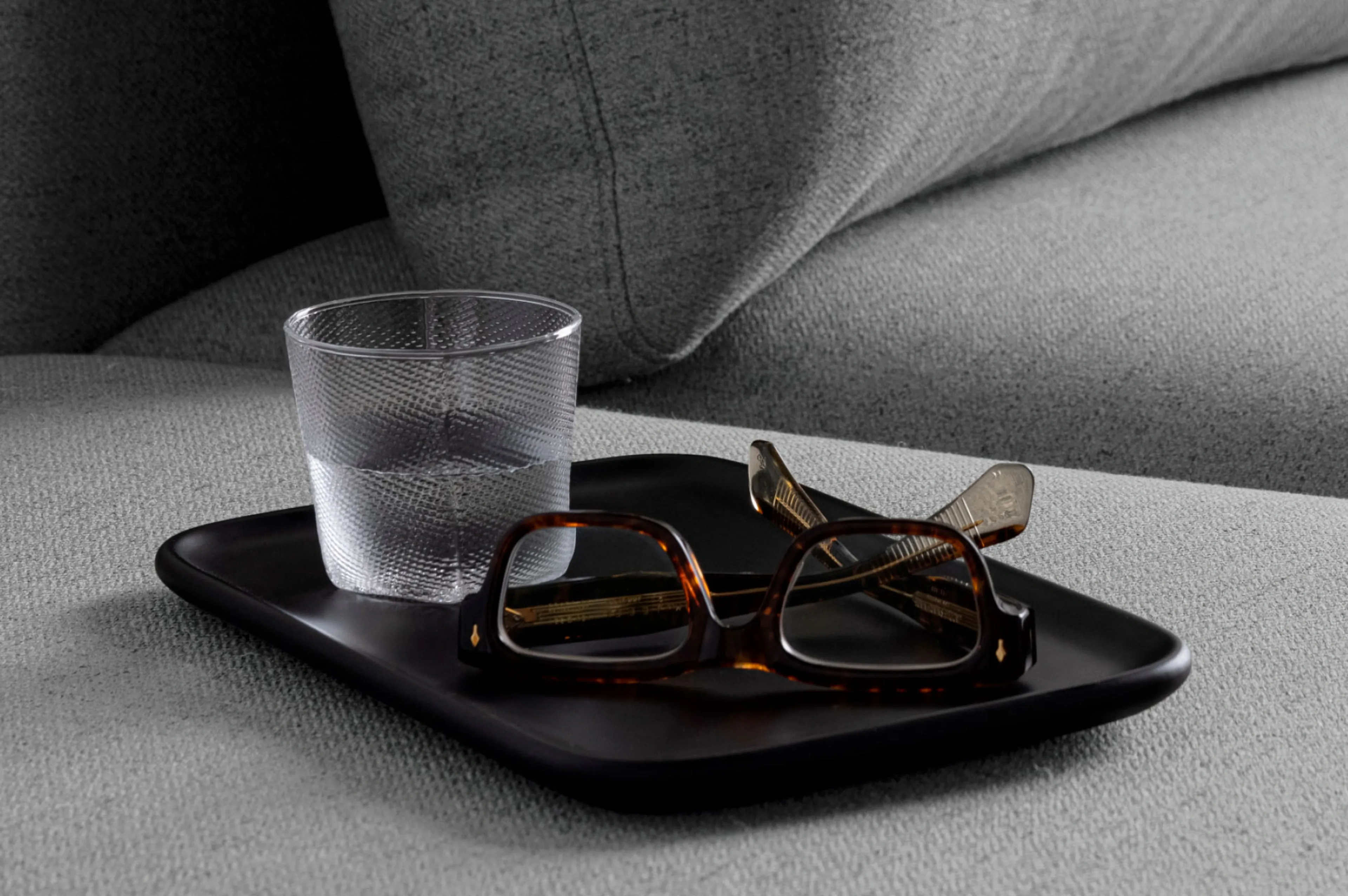
Pictured here: Nocturn Catch - Black
On what's next for the brand
If you asked me two years ago, I'd be like, we're gonna do storage. If you asked me one year ago, I'd be like, we're gonna never gonna do that stuff! I think we've planted flags in some new categories with the knife and the new bag we put out and the cork planter, and so there's always going to be some new flag-planting. I think like 30 to 50% of our products are going to feel genuinely surprising. But then there's also fleshing out those categories, working on other things that are within the realm of products we've already made, expansions and new materials or sizes or things like that. So we'll see.
Hunter Craighill’s guide to Burrow furniture
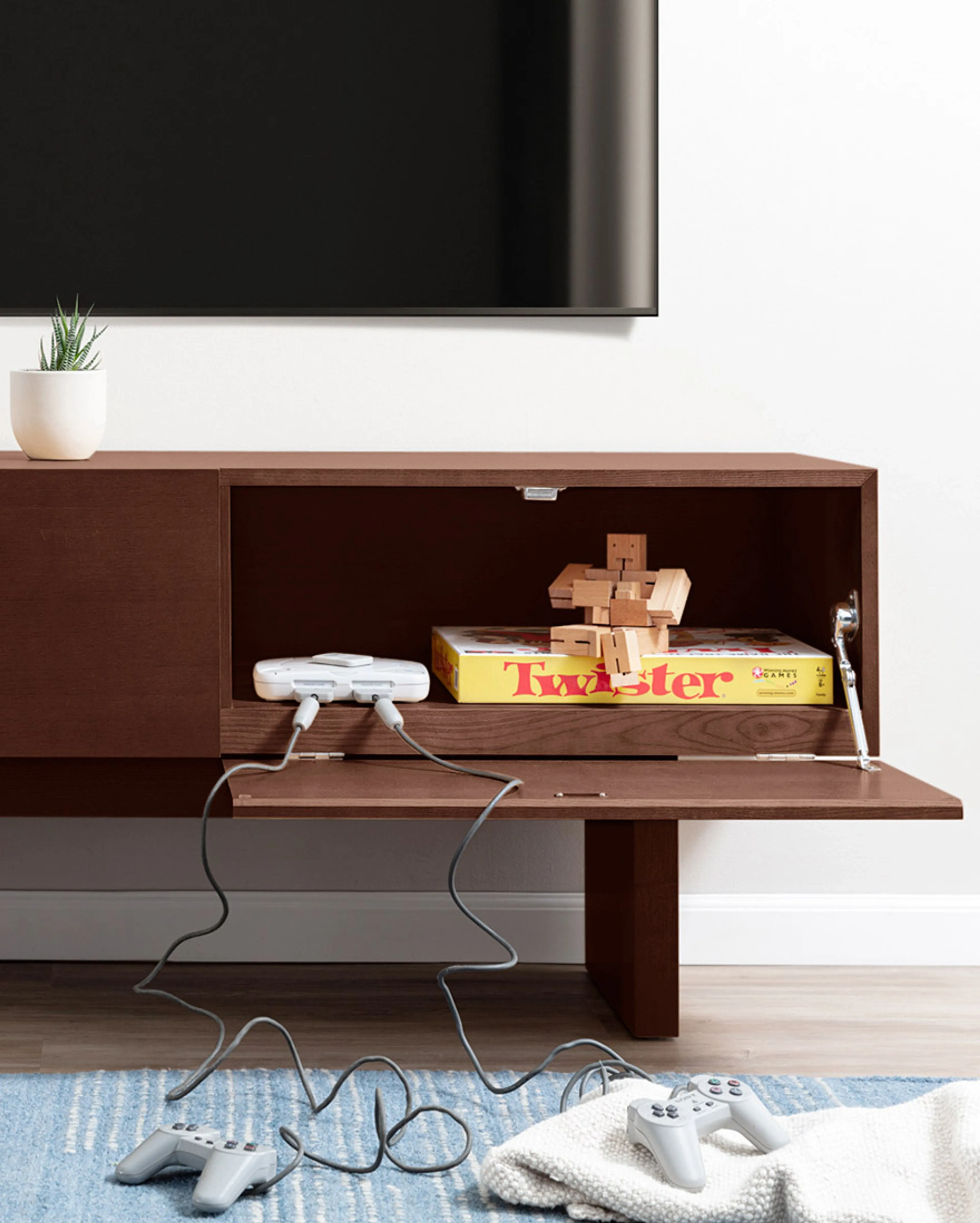
“I can appreciate a thoughtful, restrained table arrangement. The Totem Credenza is a nice, unadorned platform for the Little Cloud Tray, where you can toss your keys or leave a puzzle to confuse visitors.”
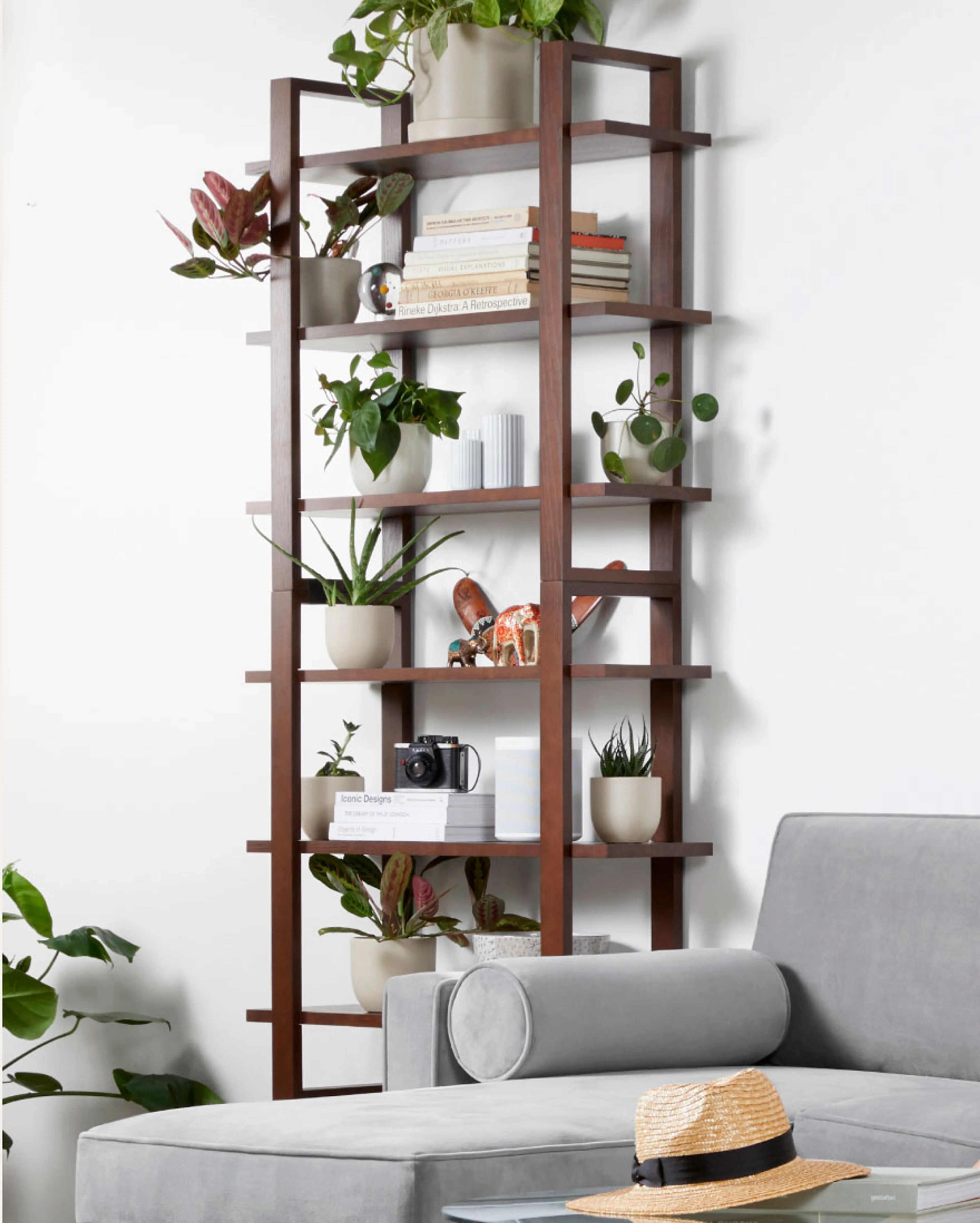
“The Index shelves are one of my favorite Burrow pieces. The simple hardwood design is almost an absence of design — it’s pure and rational. They perfectly complement the solid form of the Cal Bookends.”
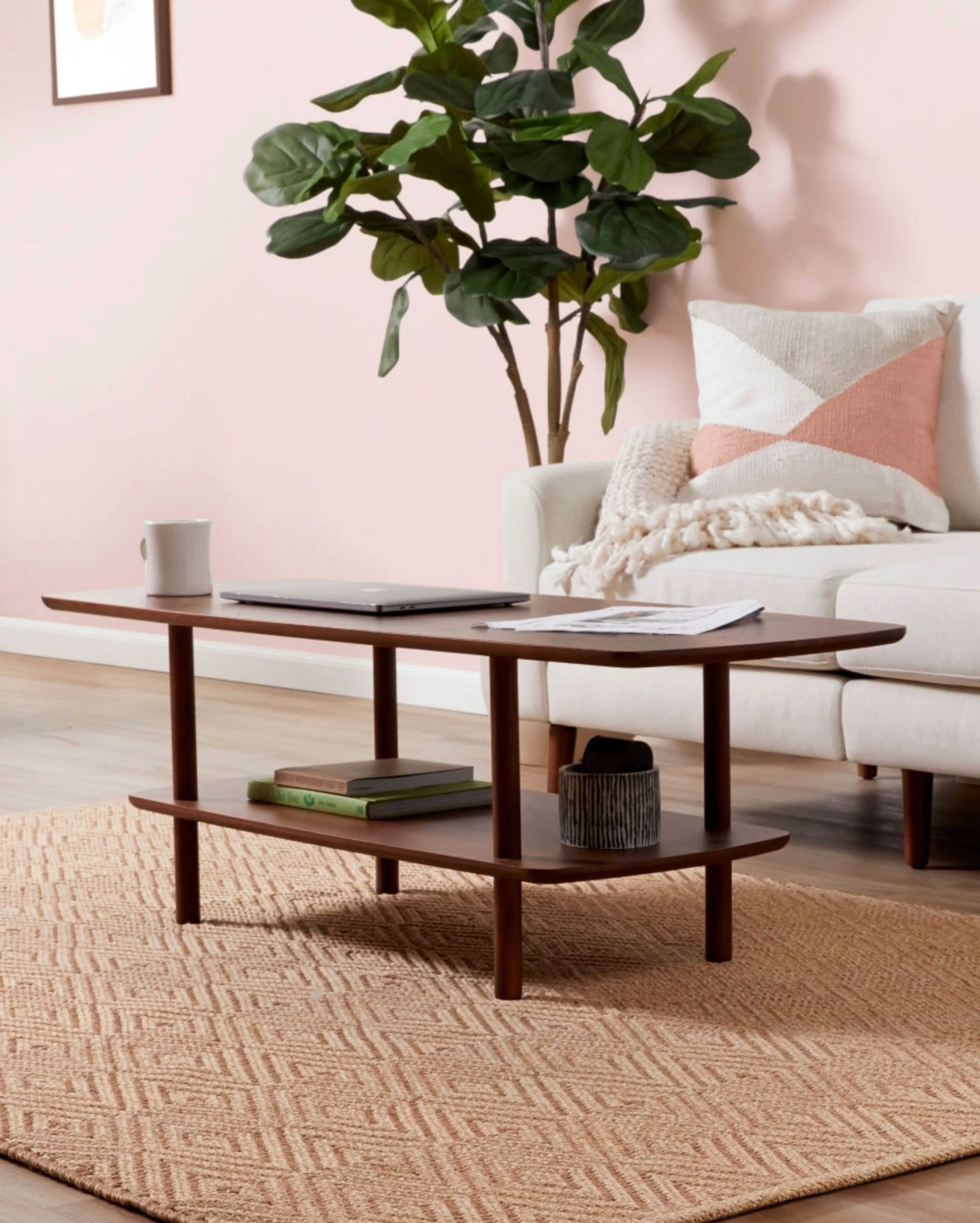
“The beauty of the Nocturn Catch is the combination of solid hardwood craftsmanship with subtle detailing, so it felt like it shared a similar spirit with Burrow’s Serif Coffee Table. They make a handsome, functional pair.”
And, the perfect Craighill products to pair with them. Better yet, for reading this far, Craighill sent along a discount code just for Homepages readers: use the code BURROW20 at craighill.com for 20% off your order.






